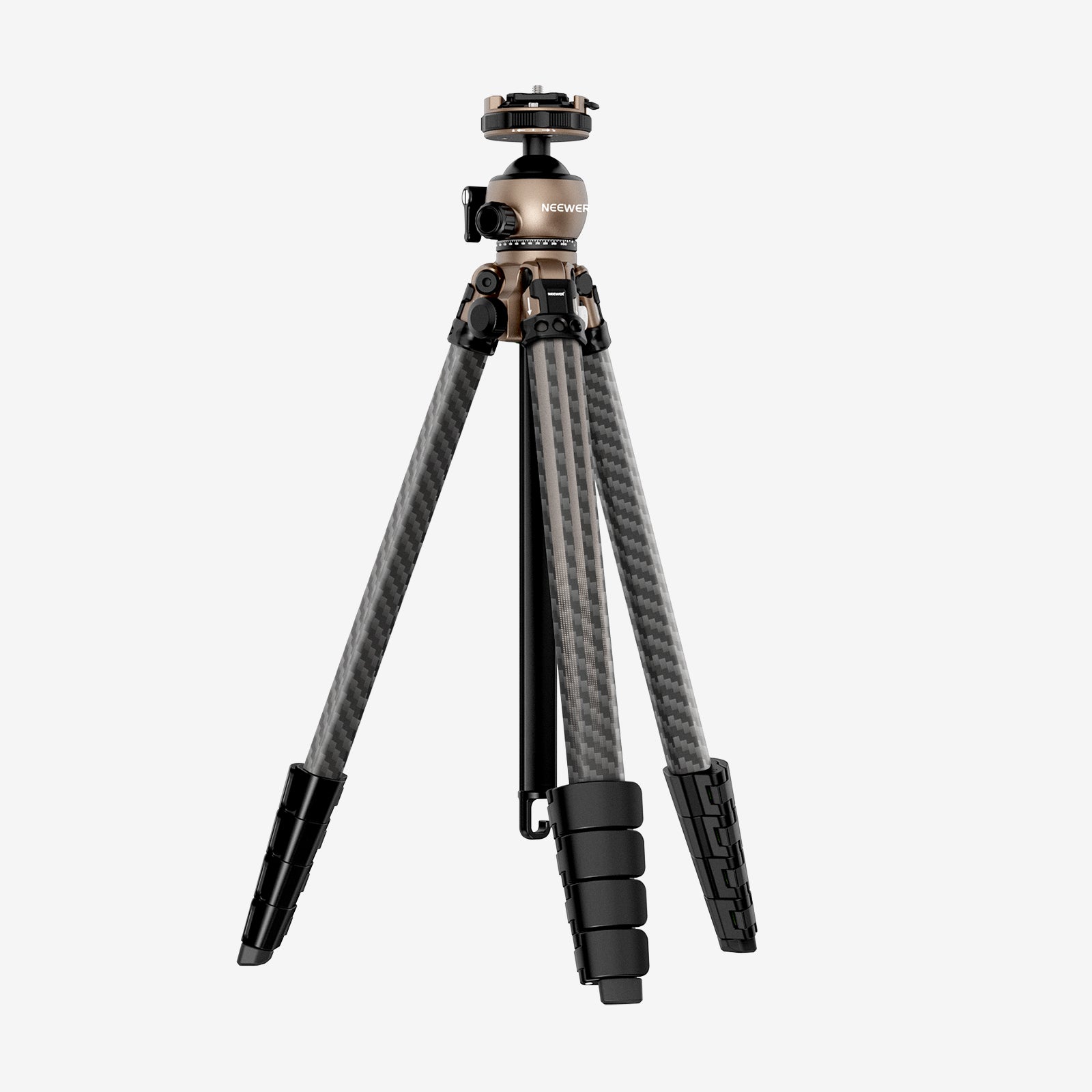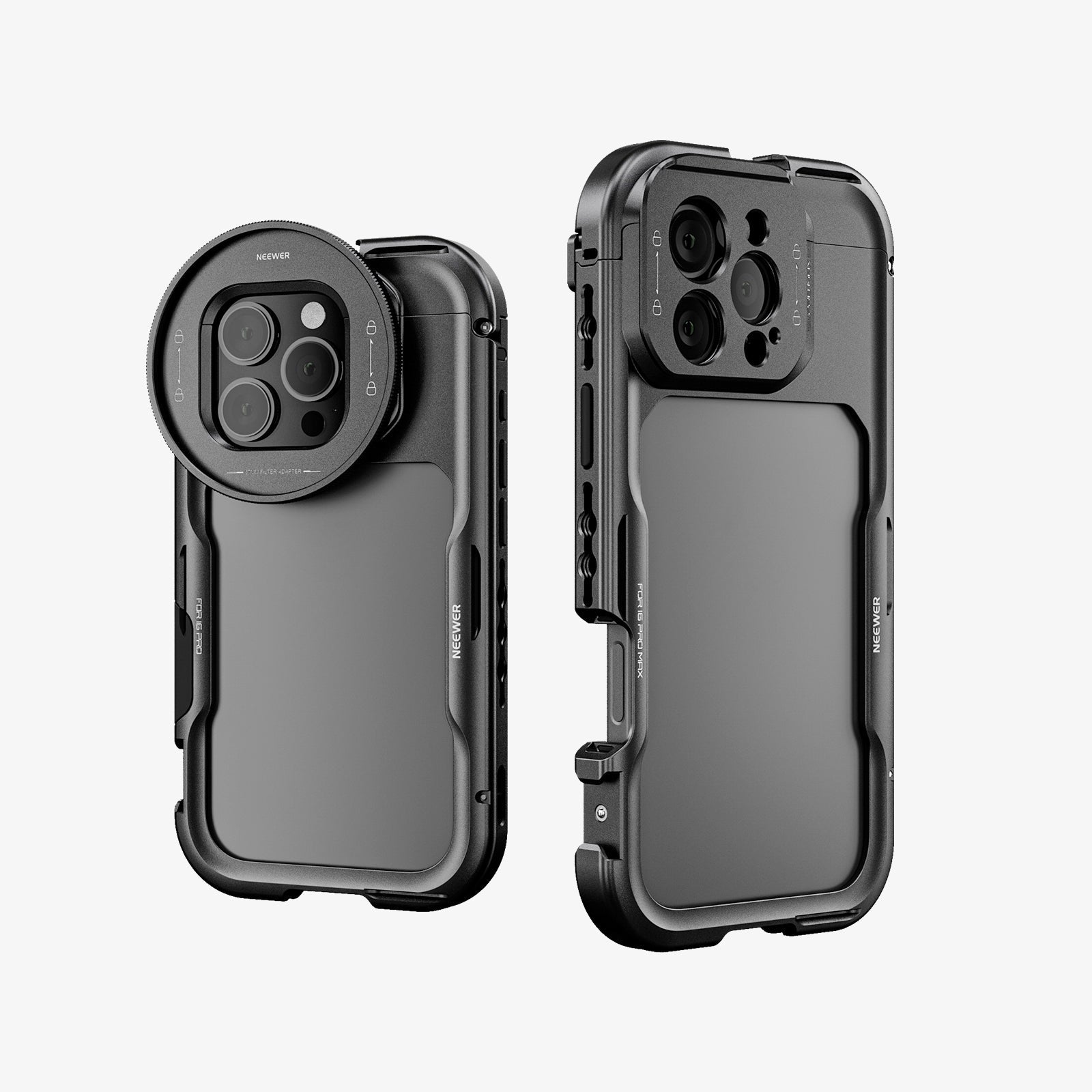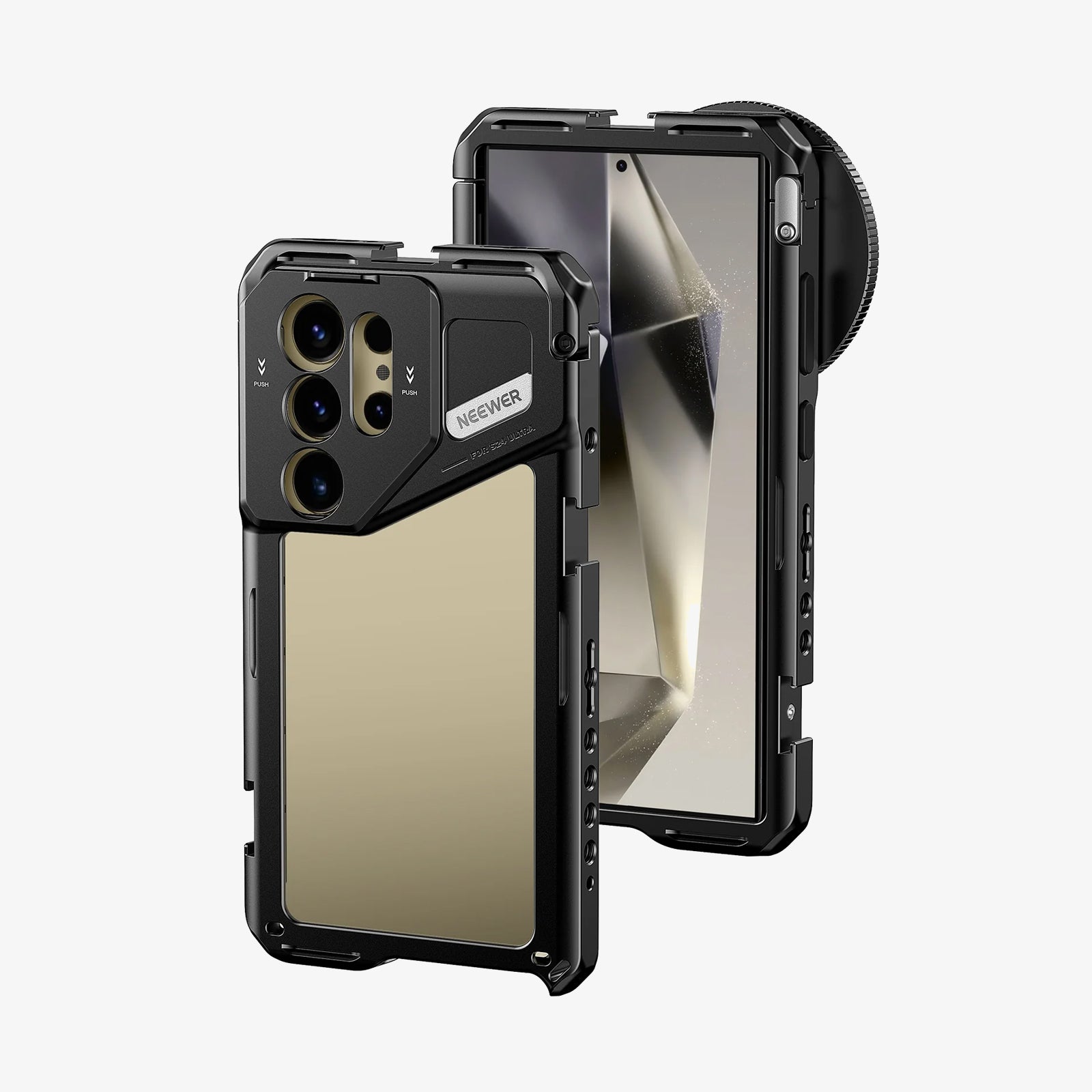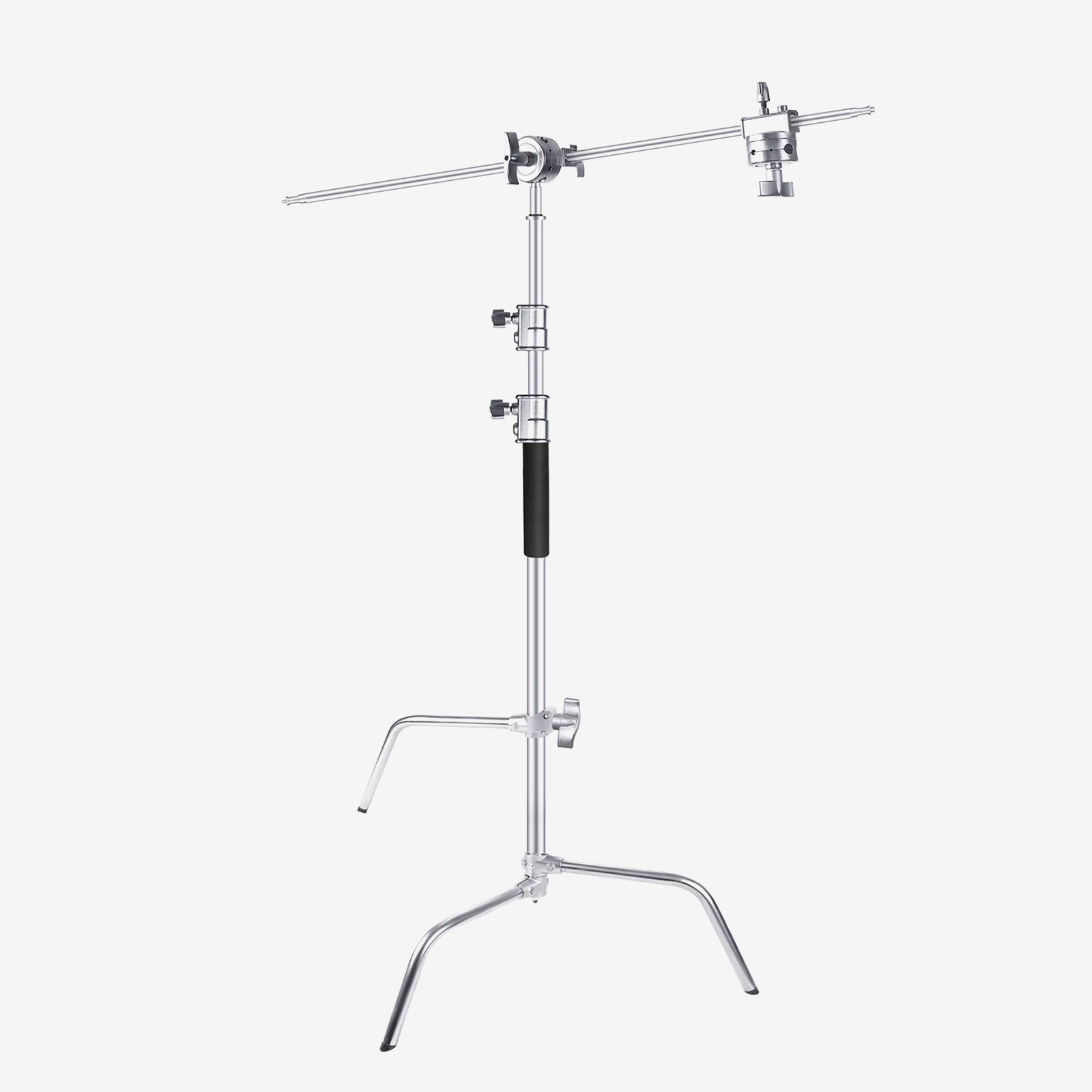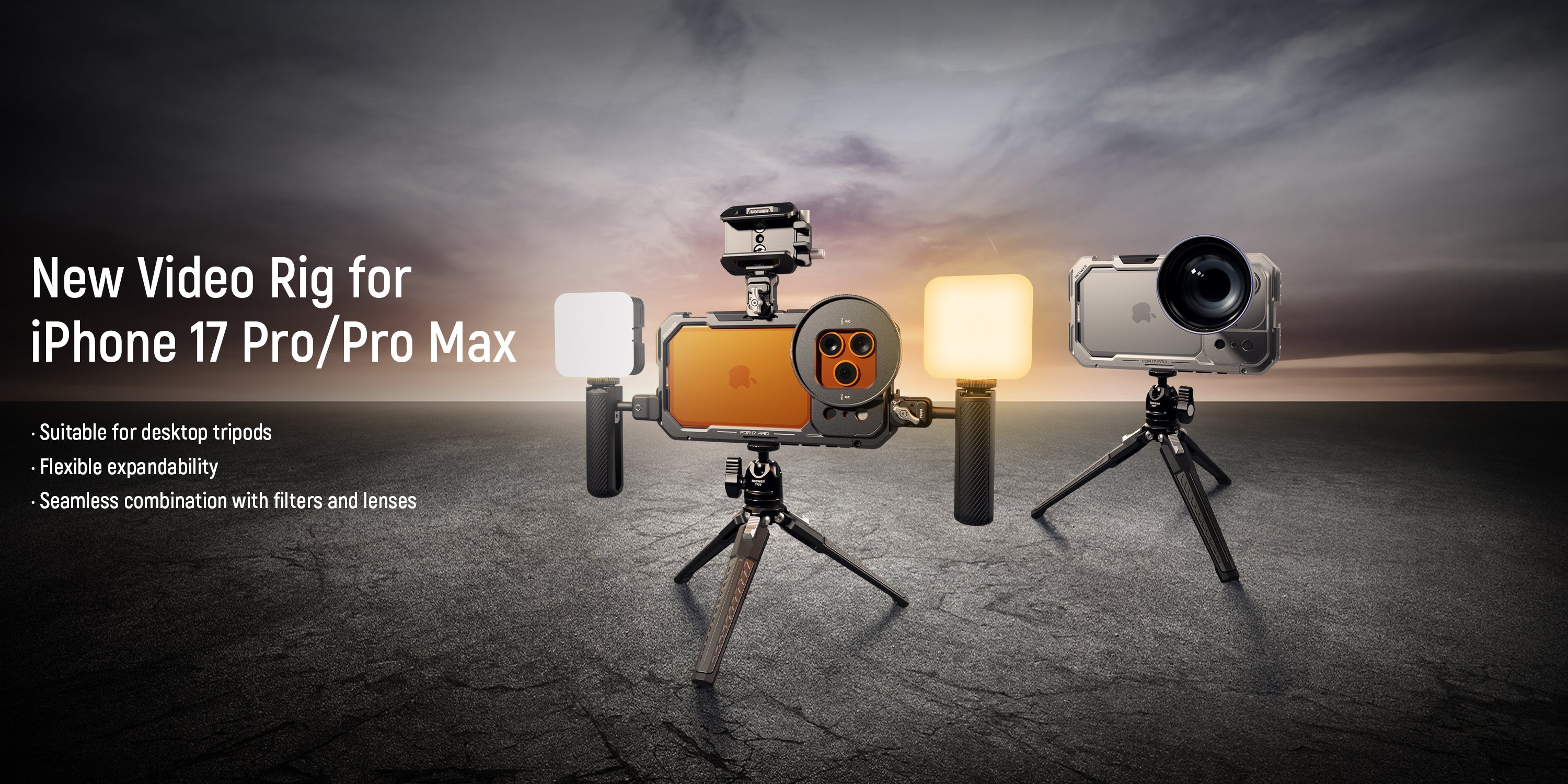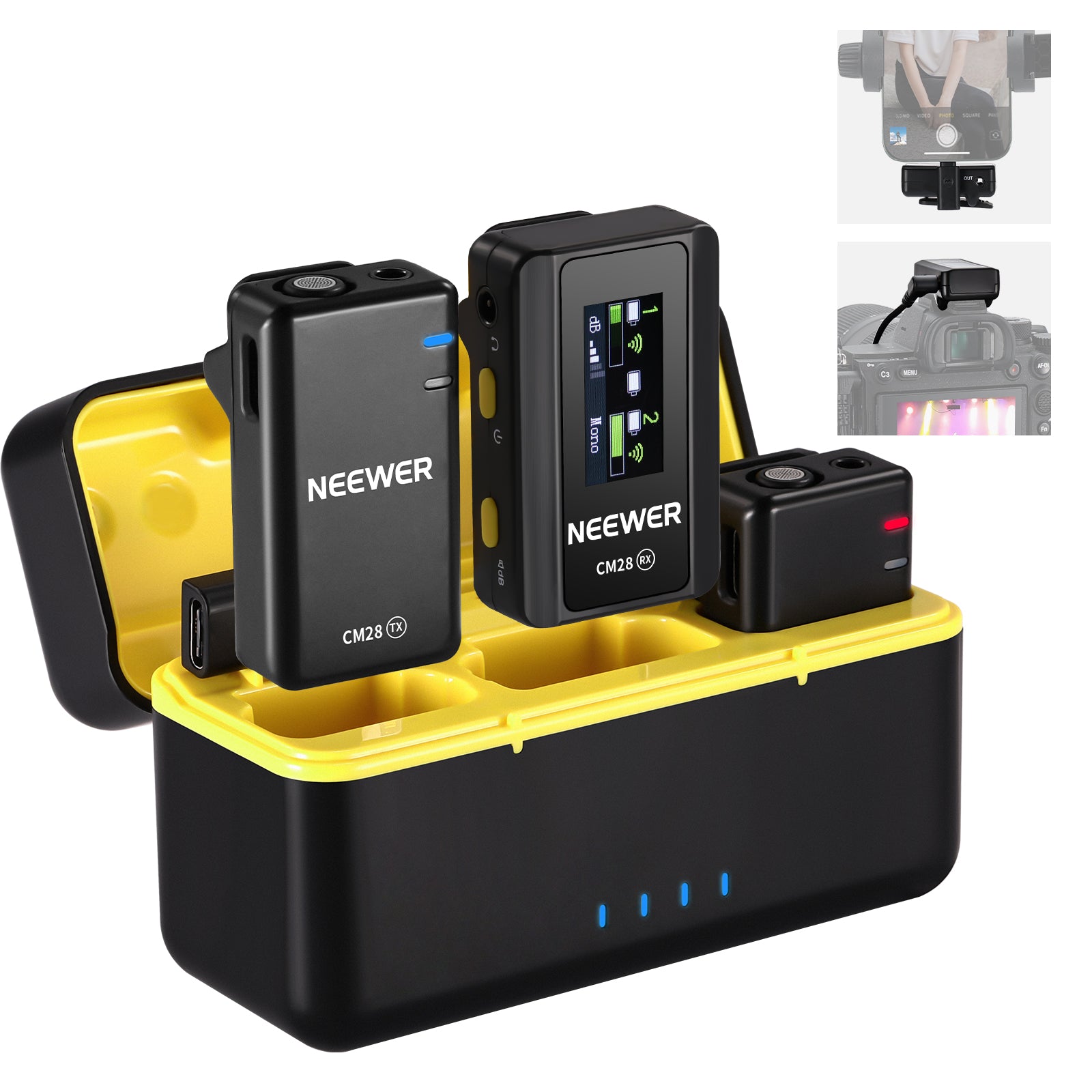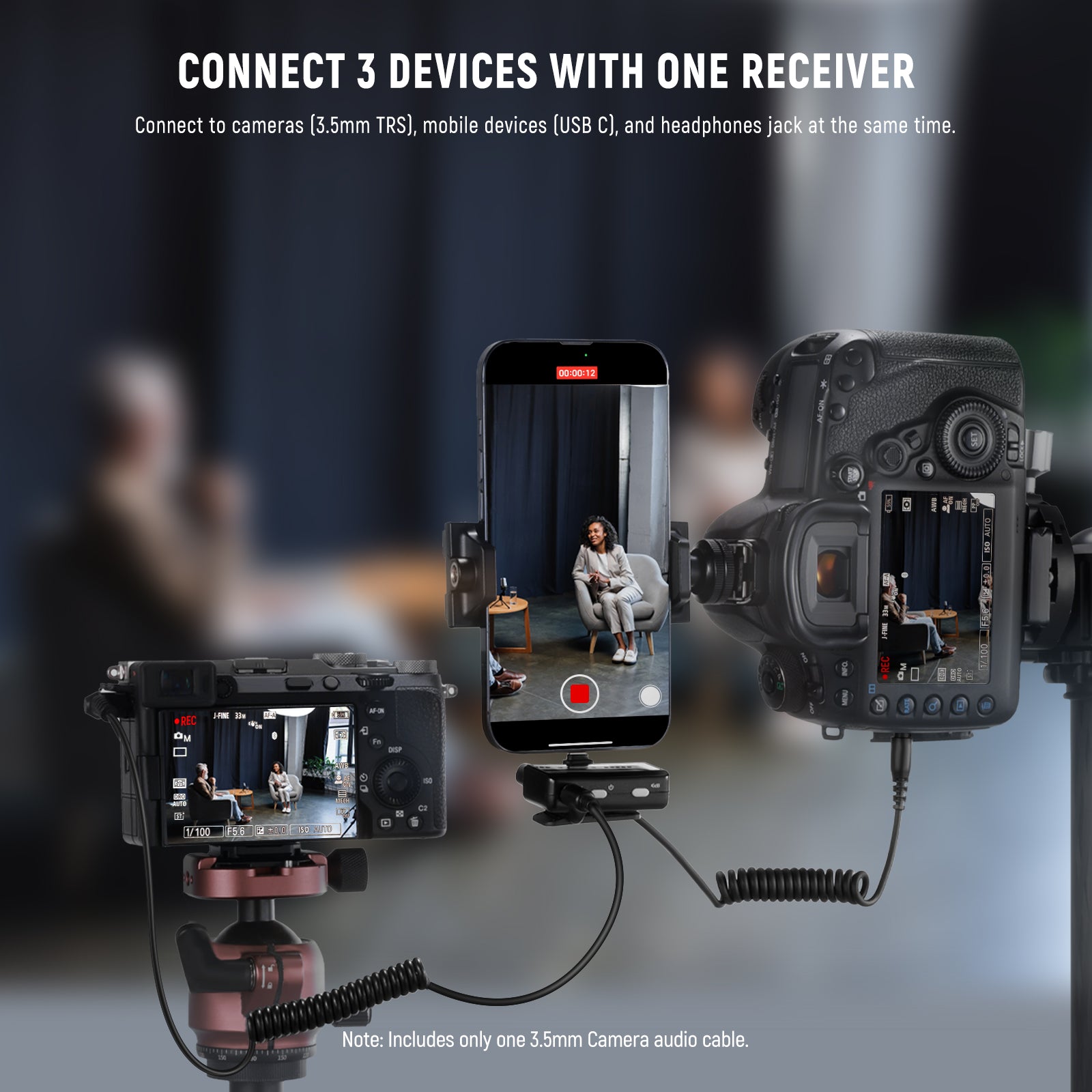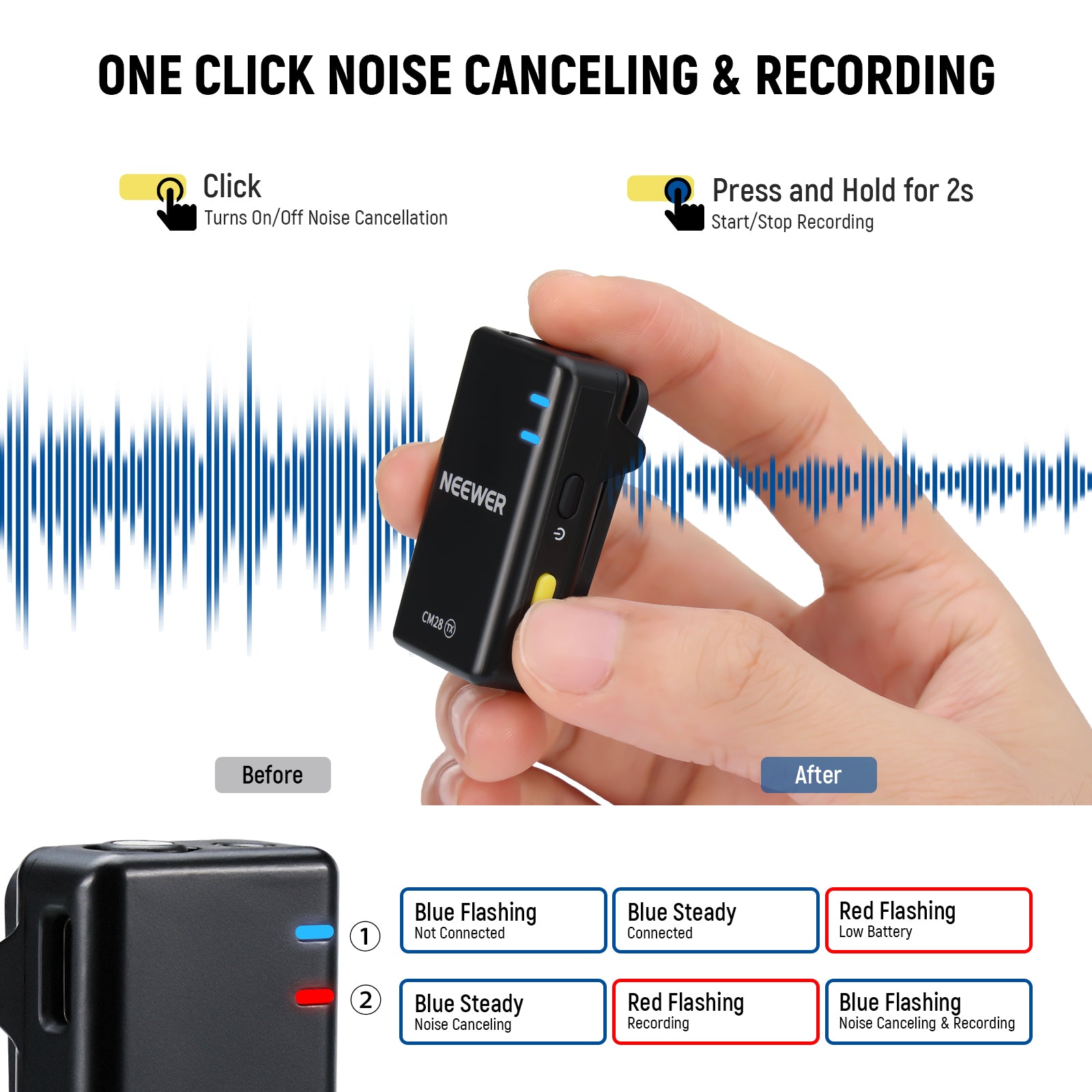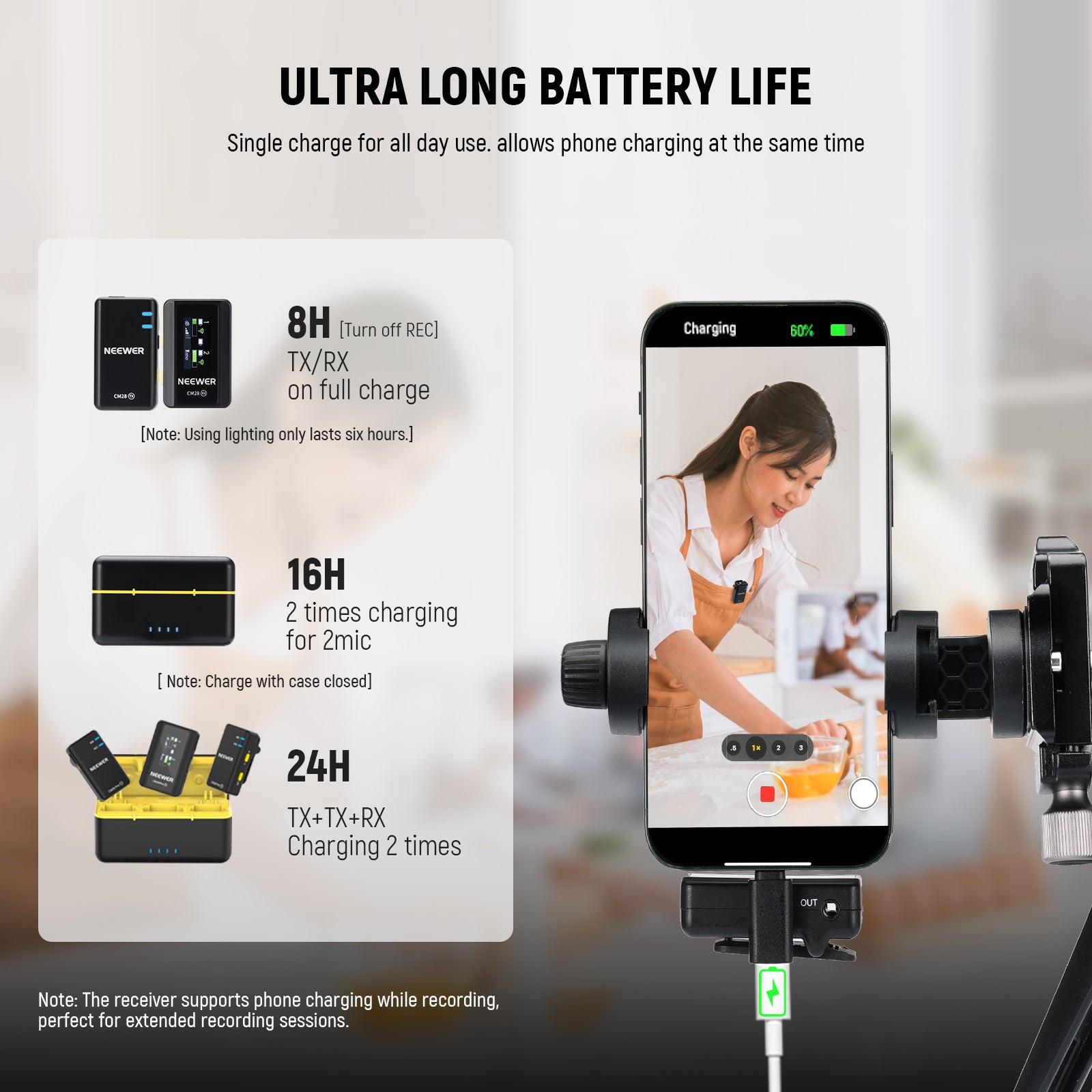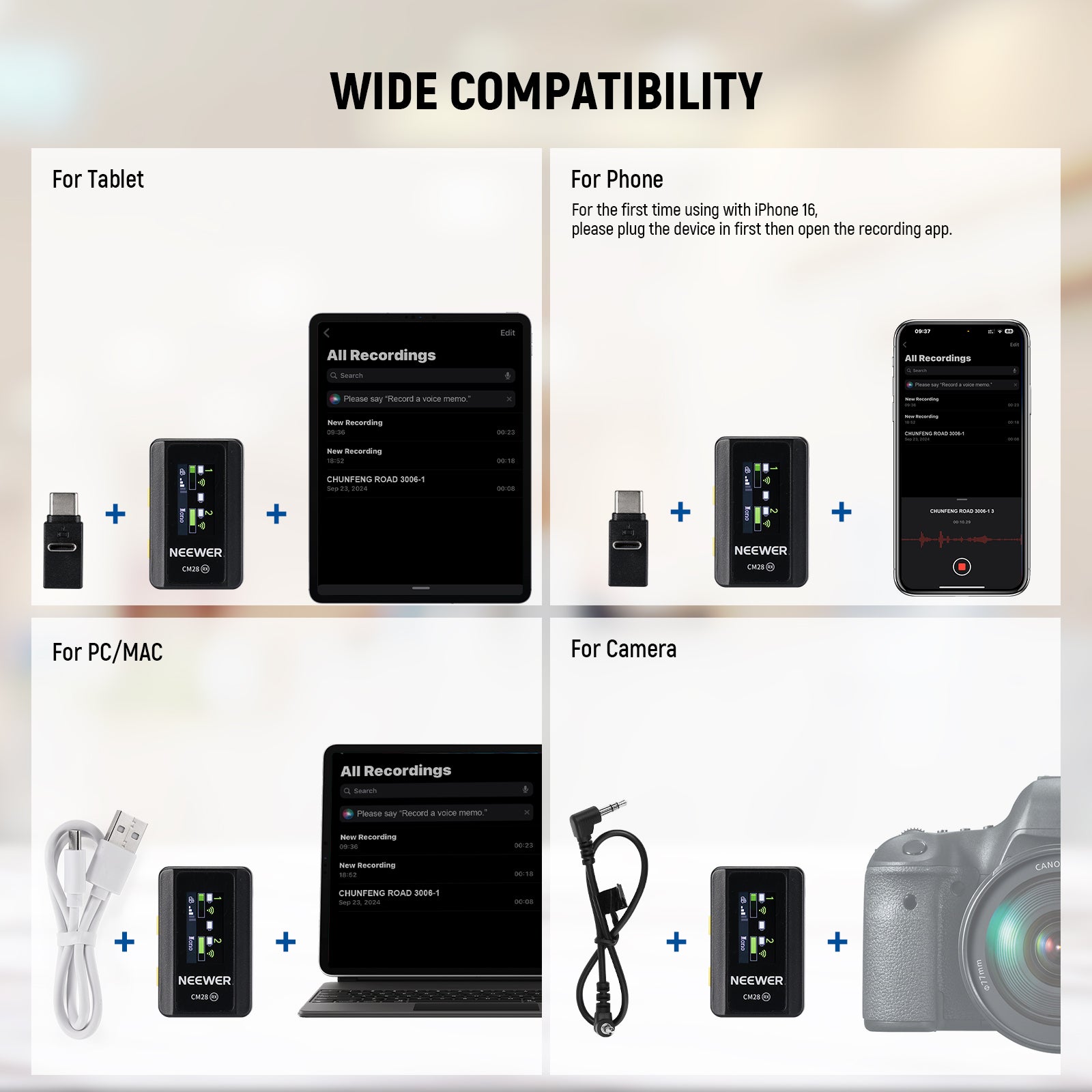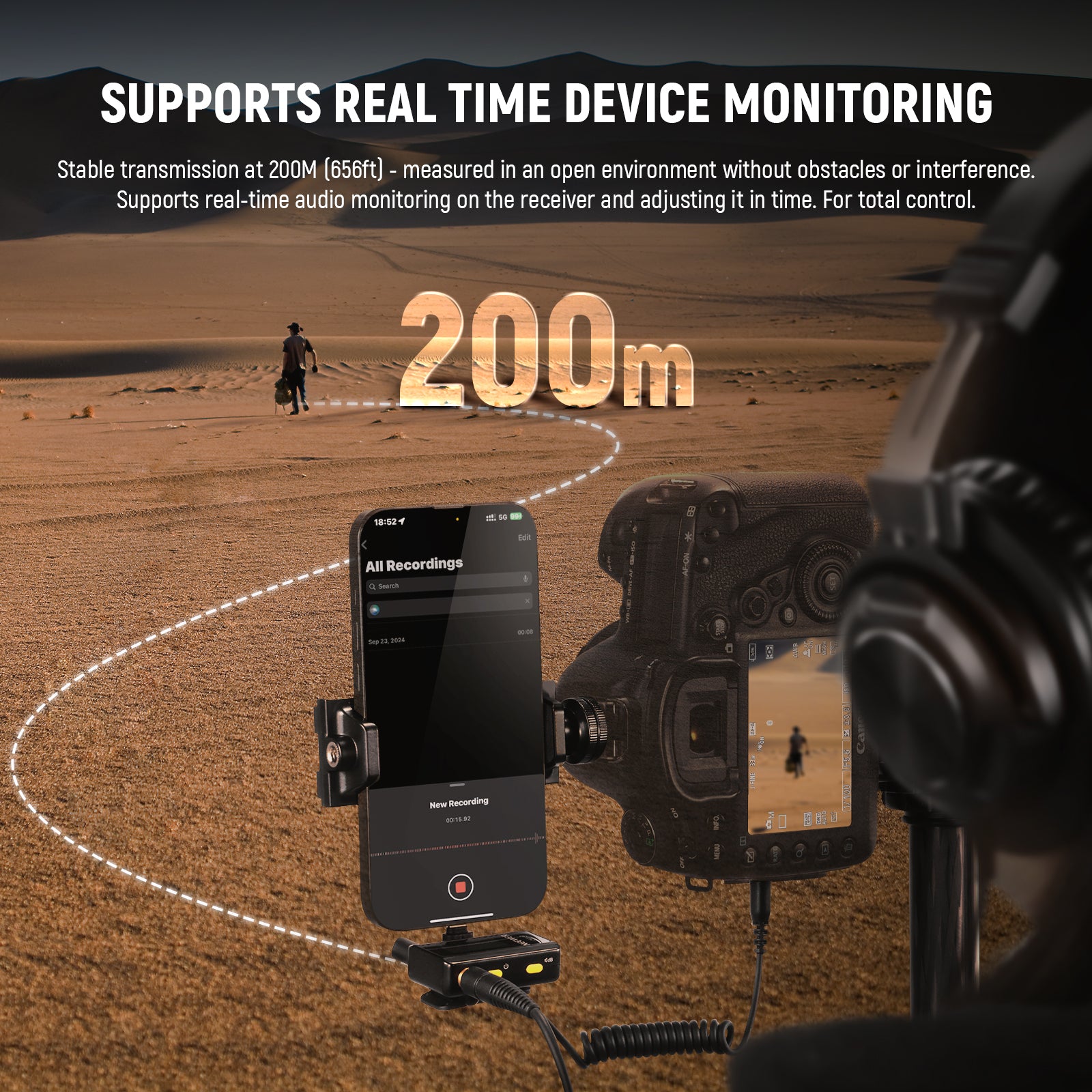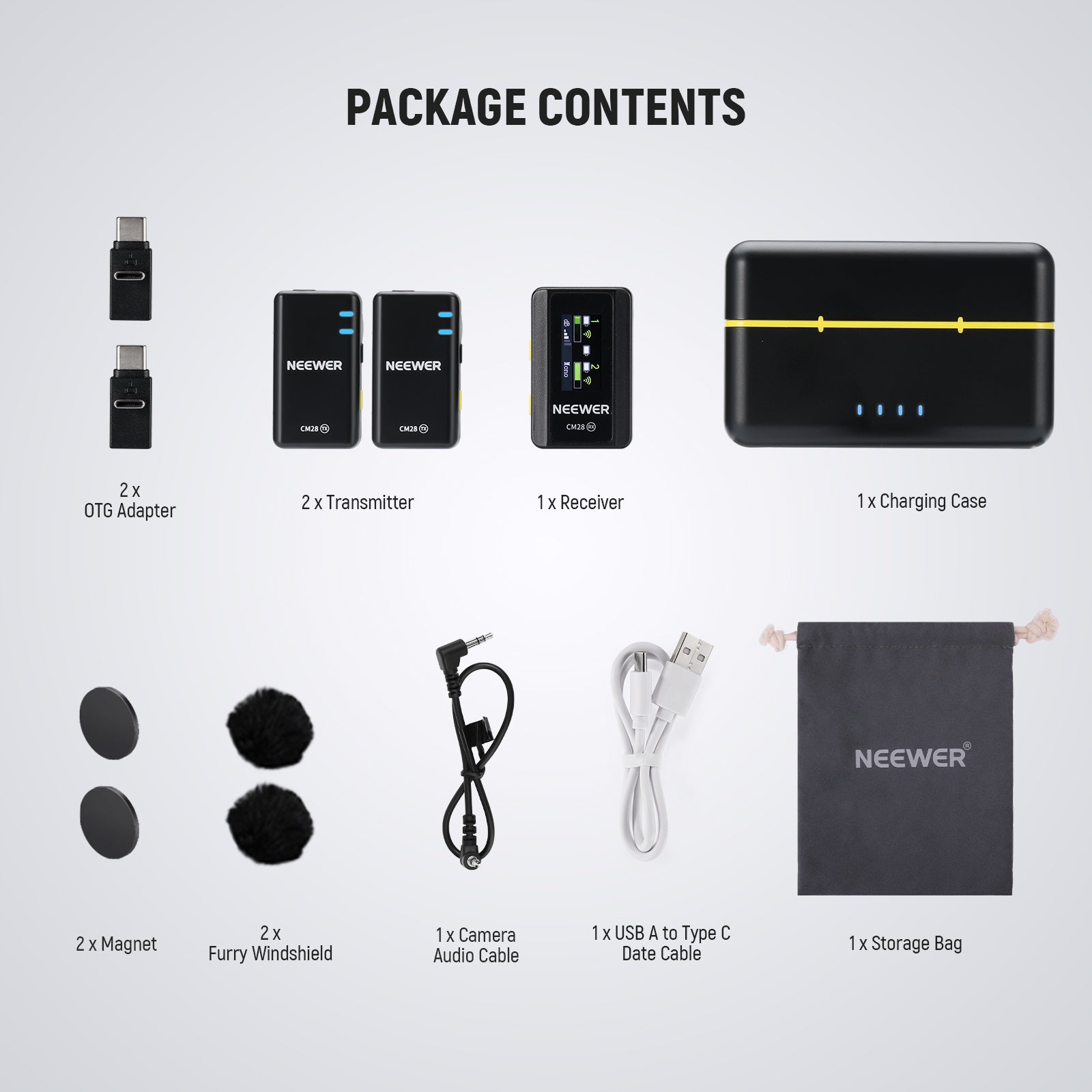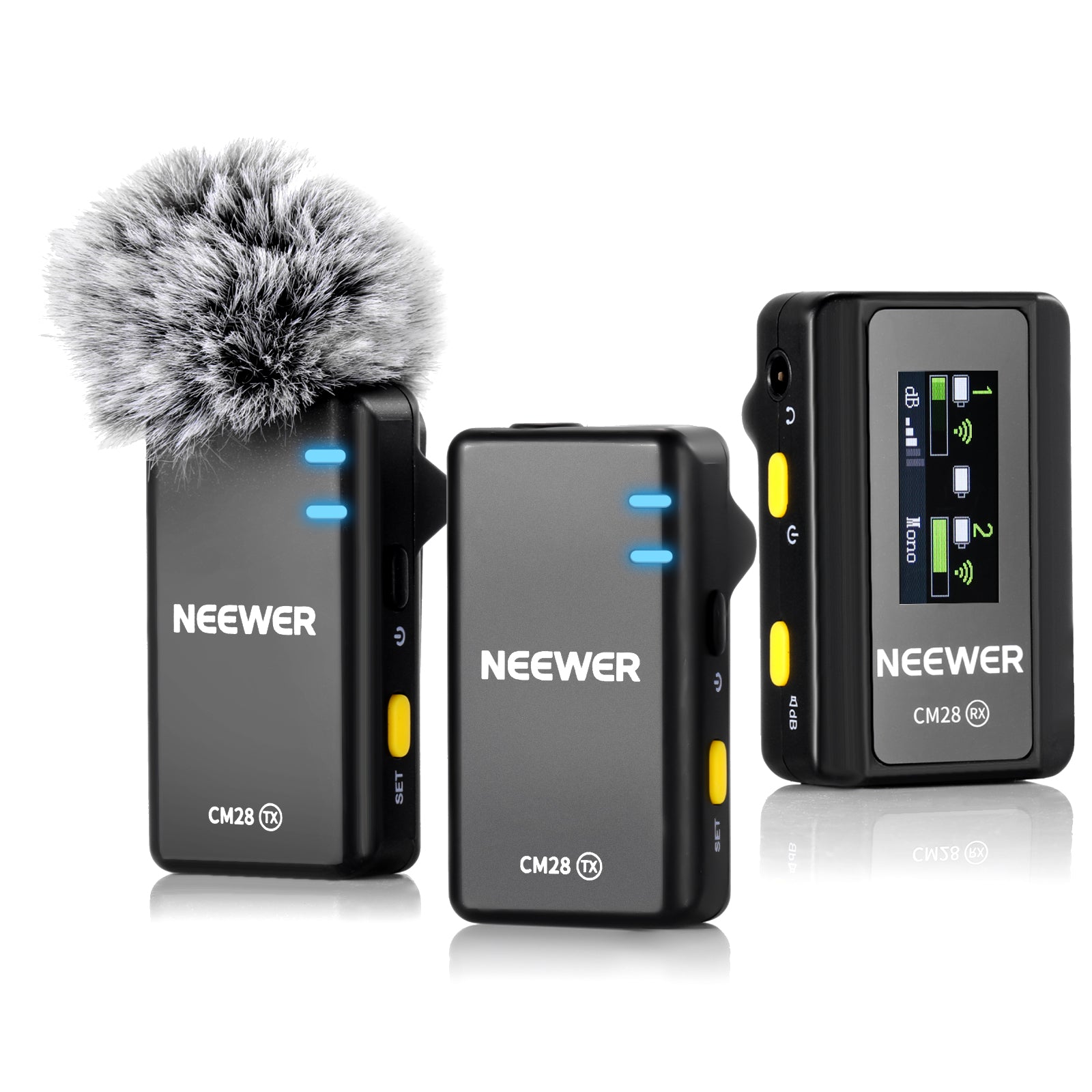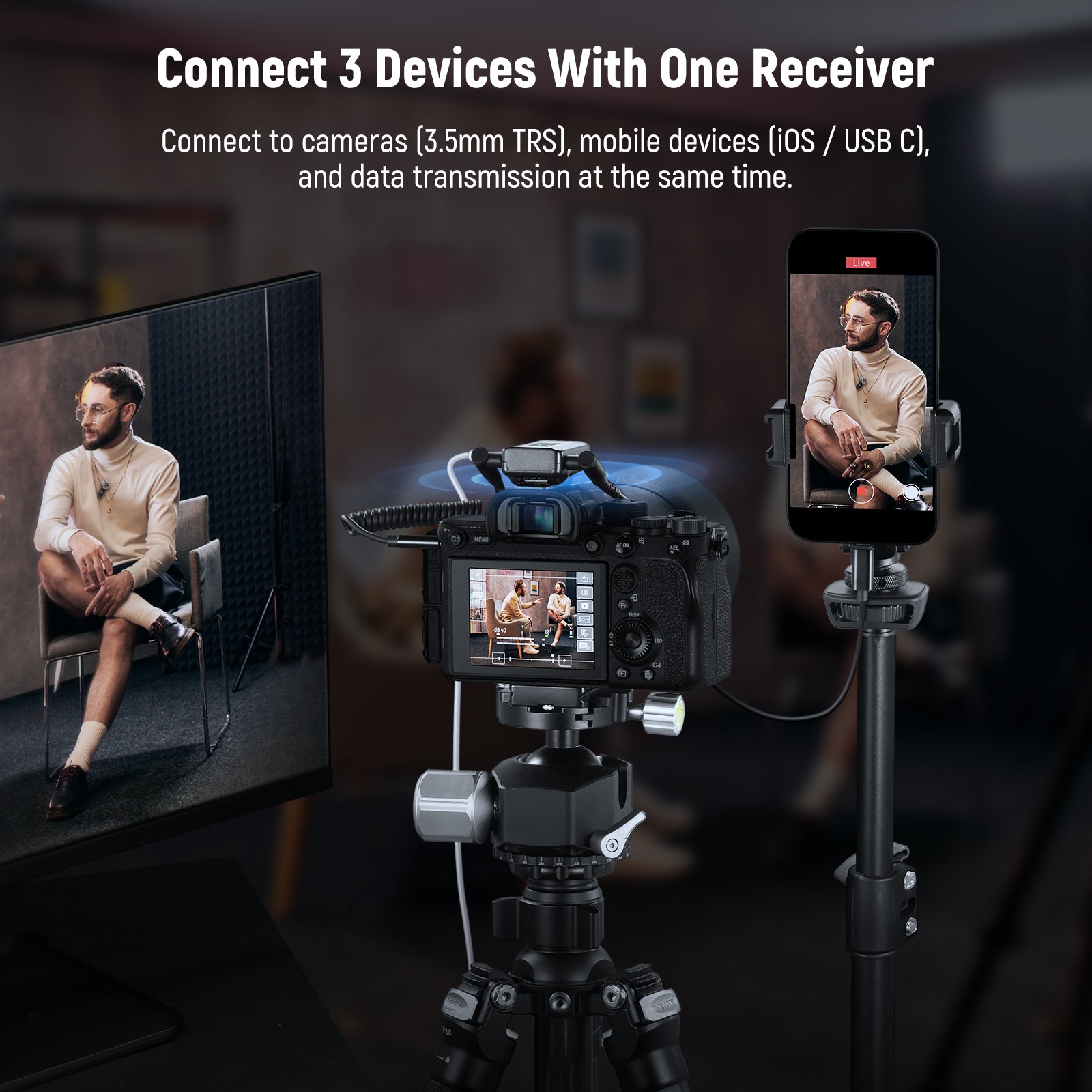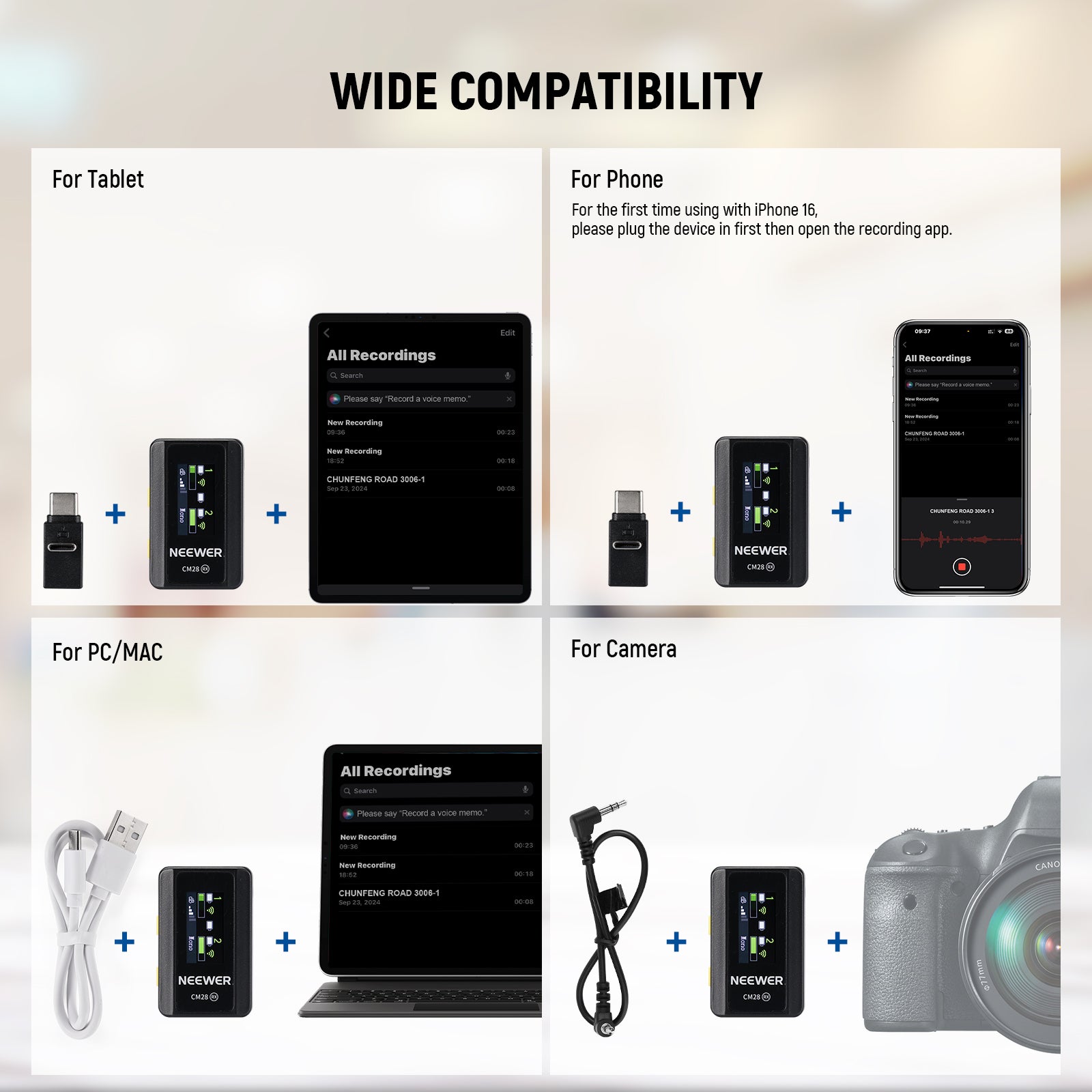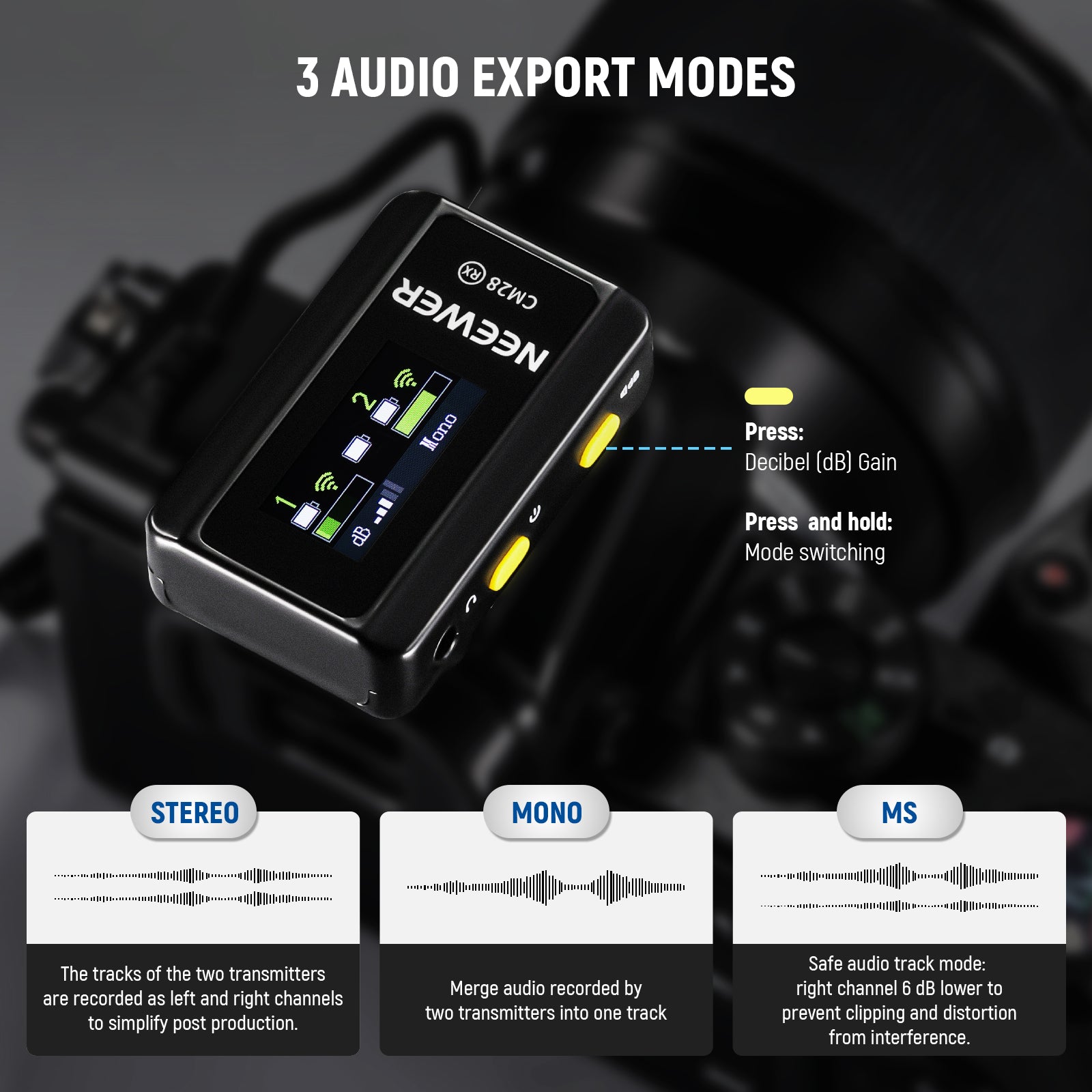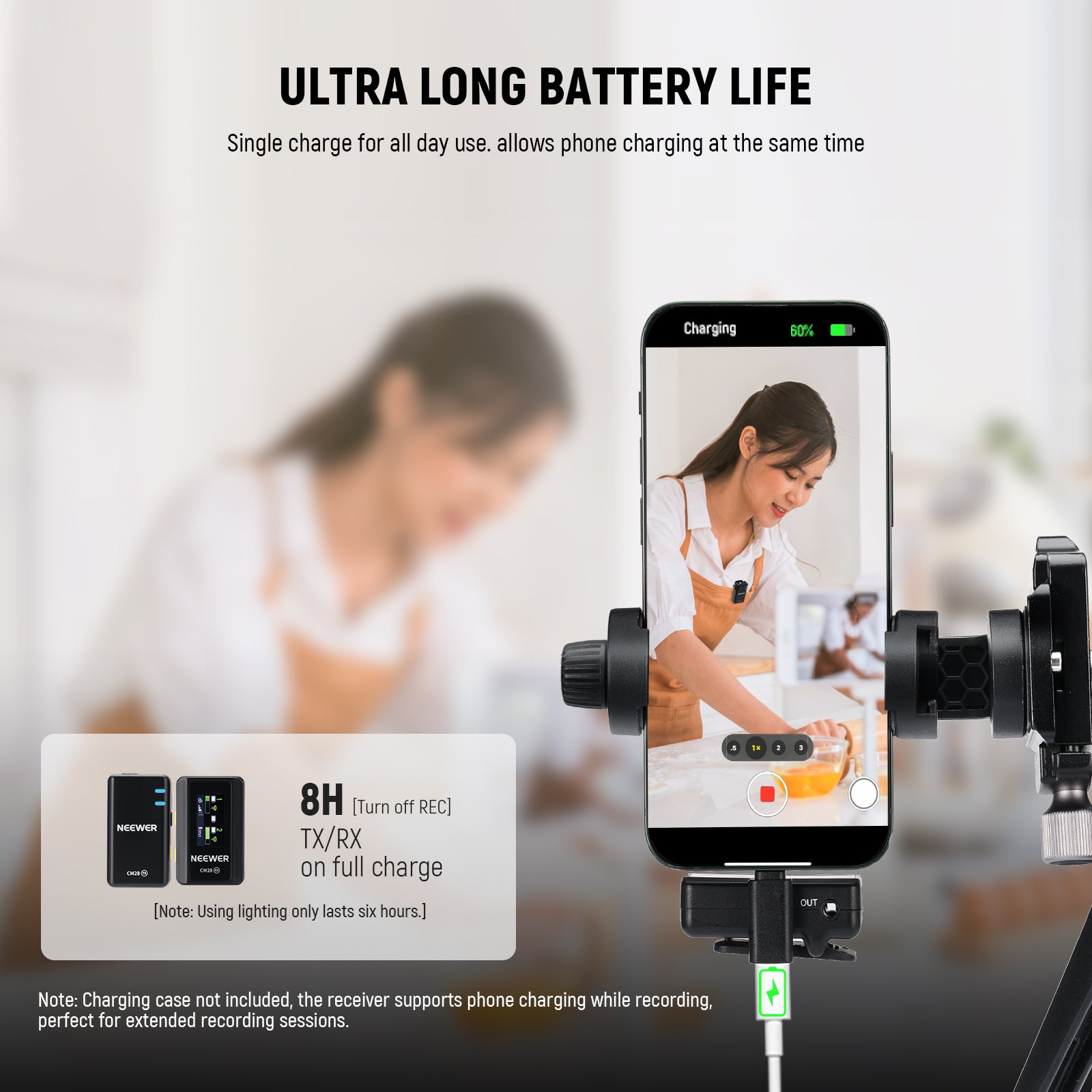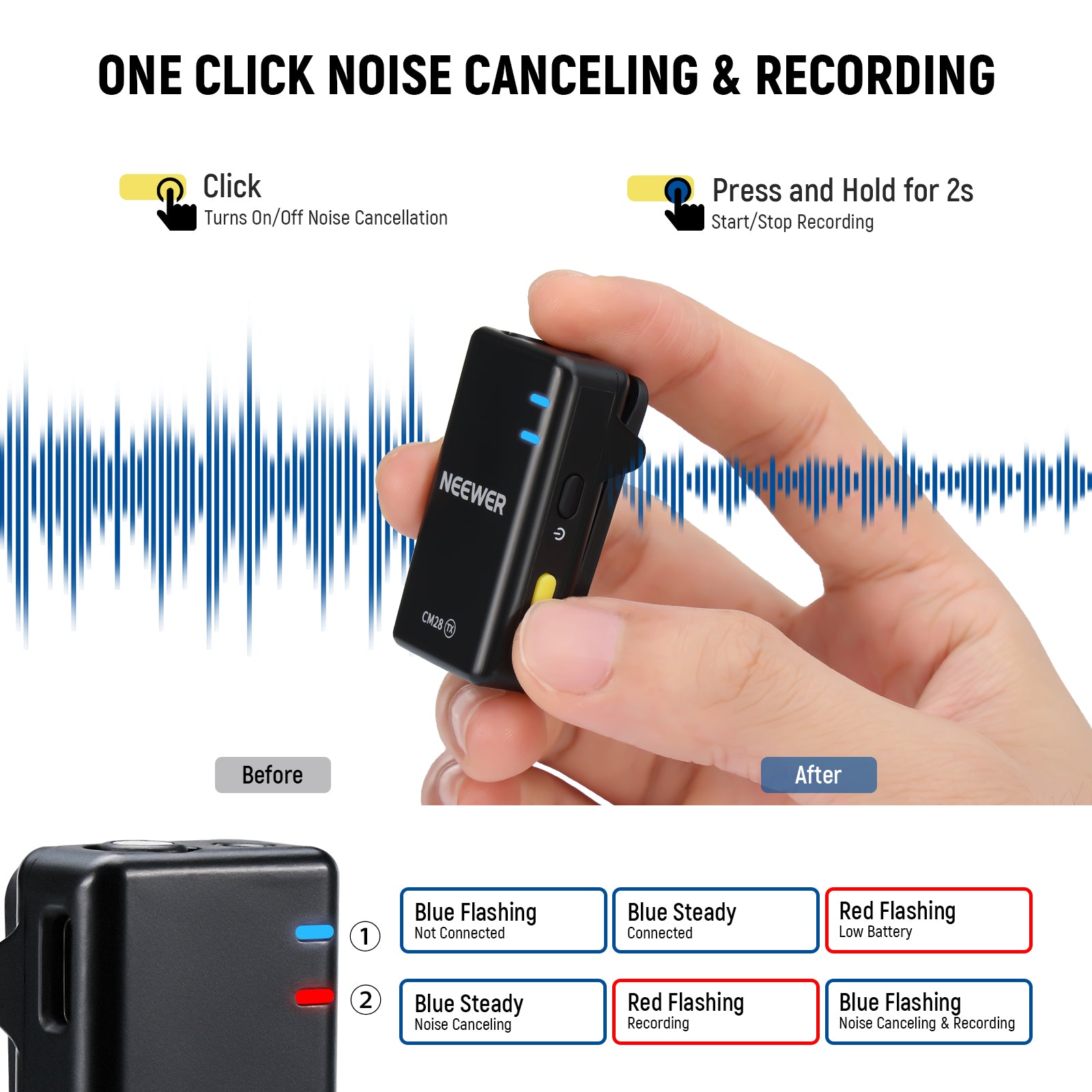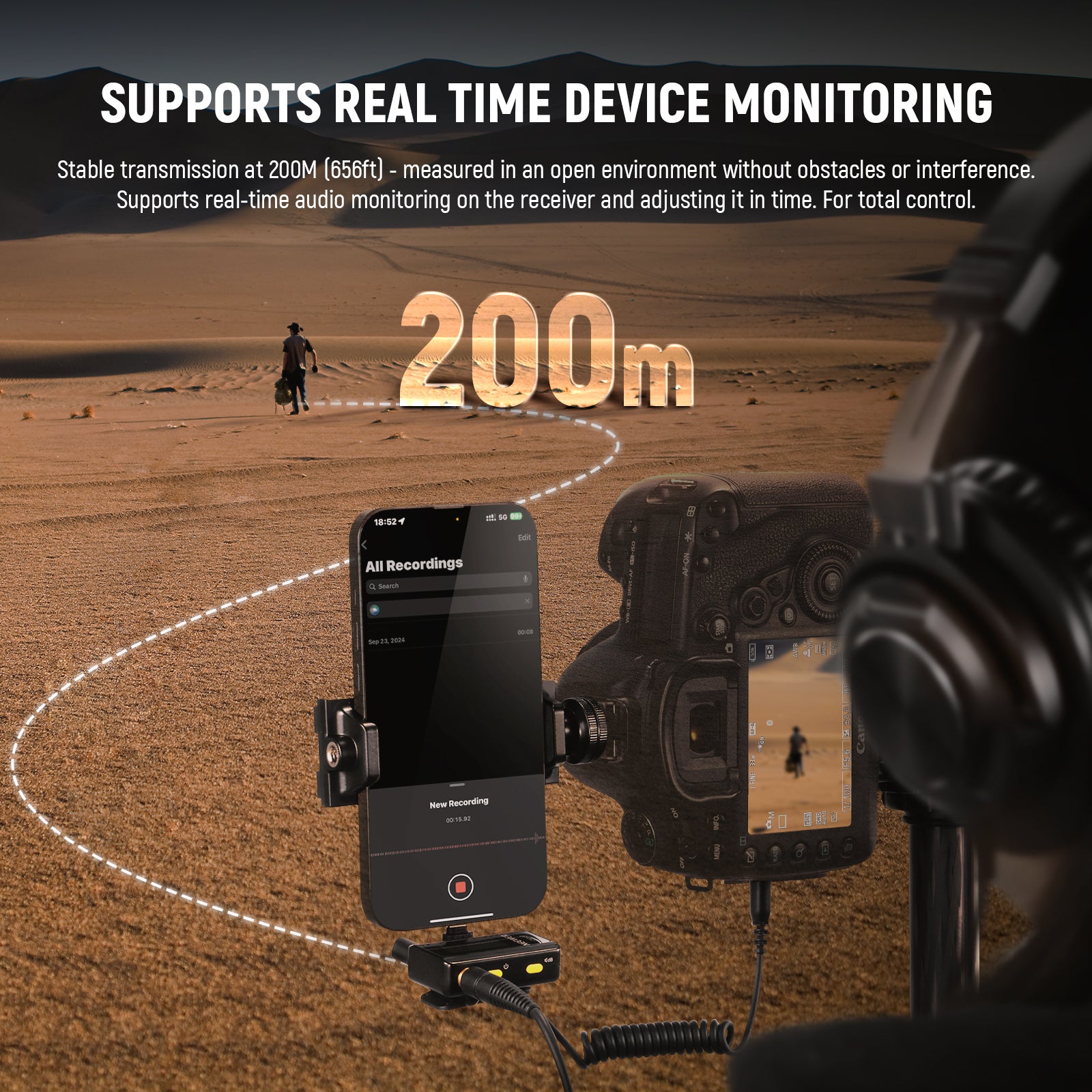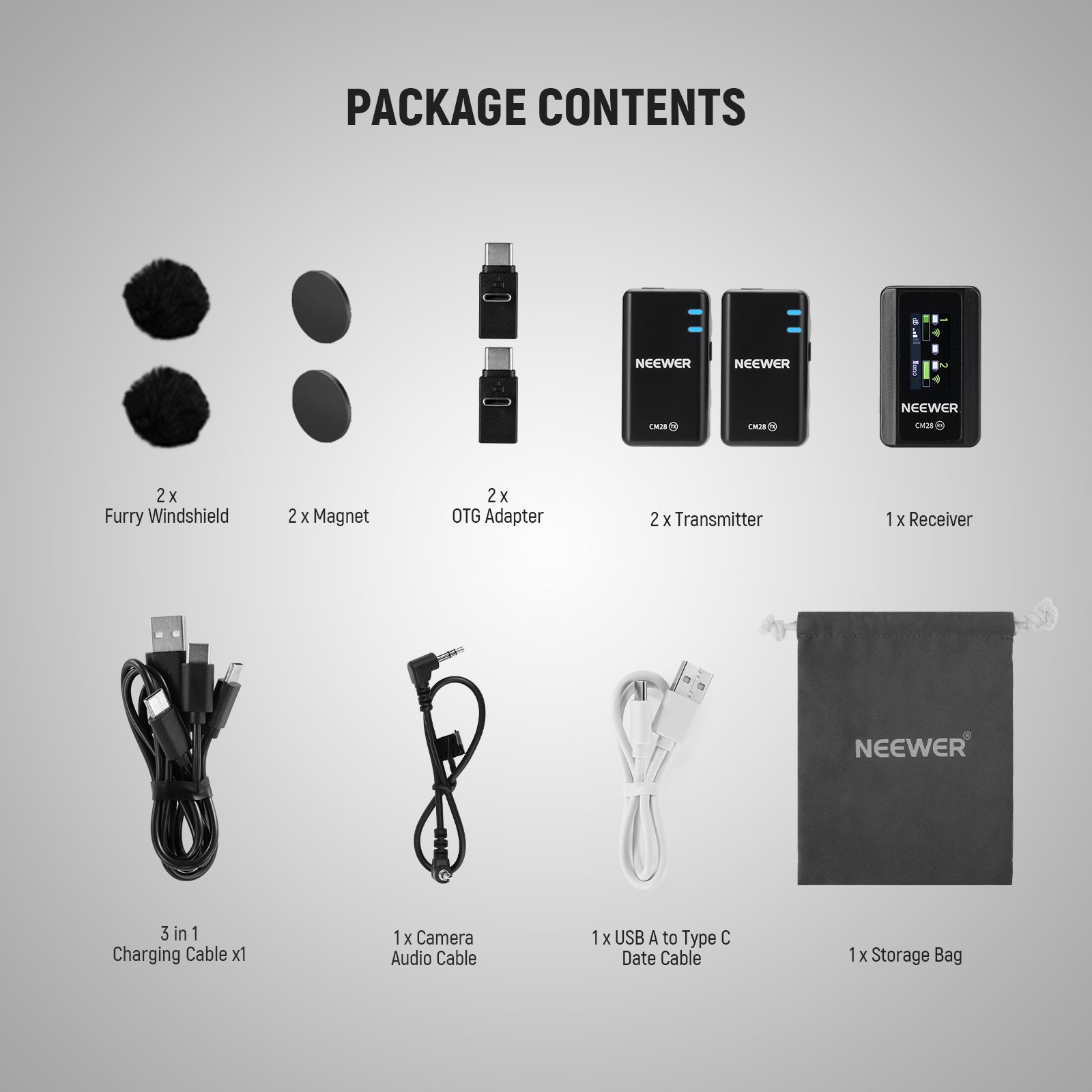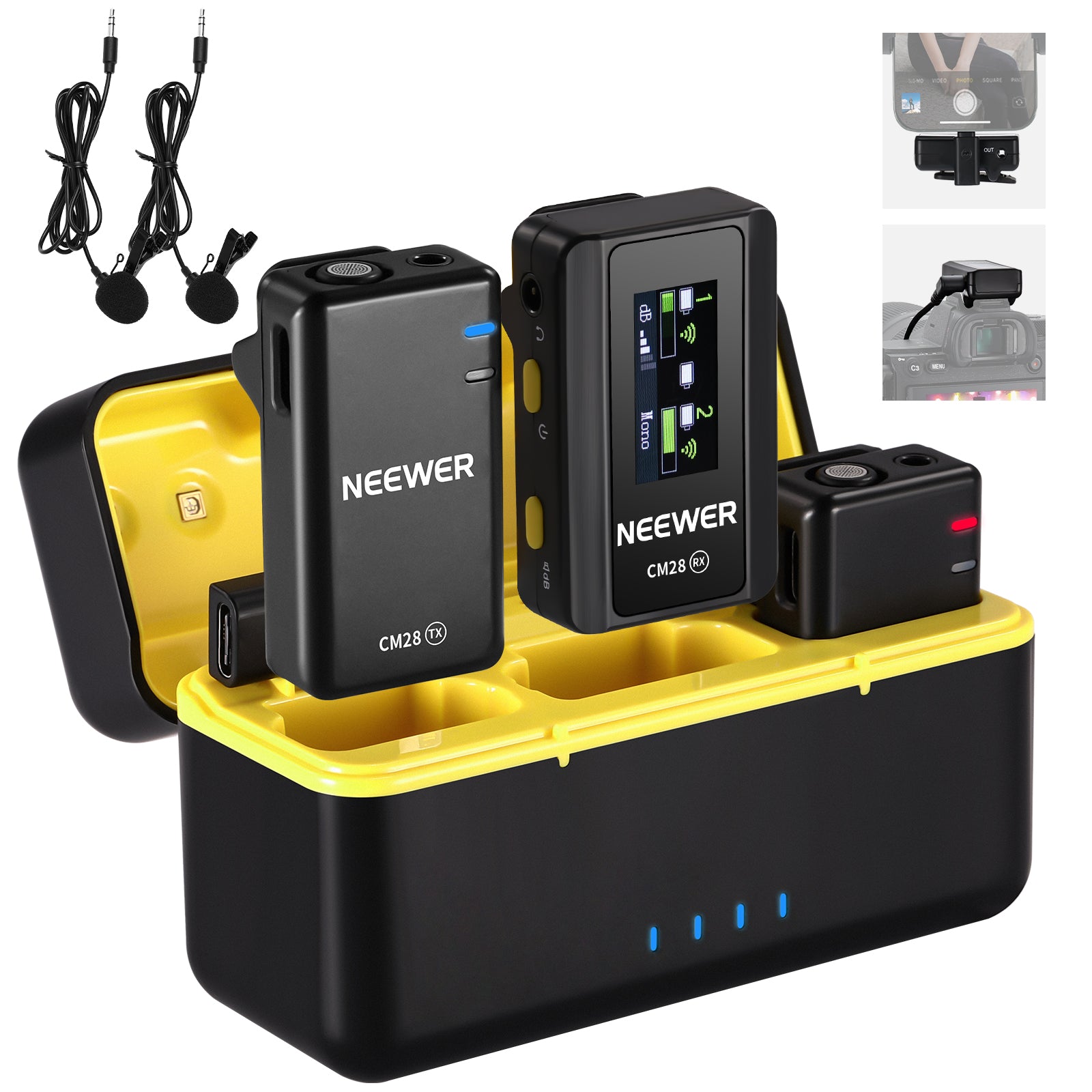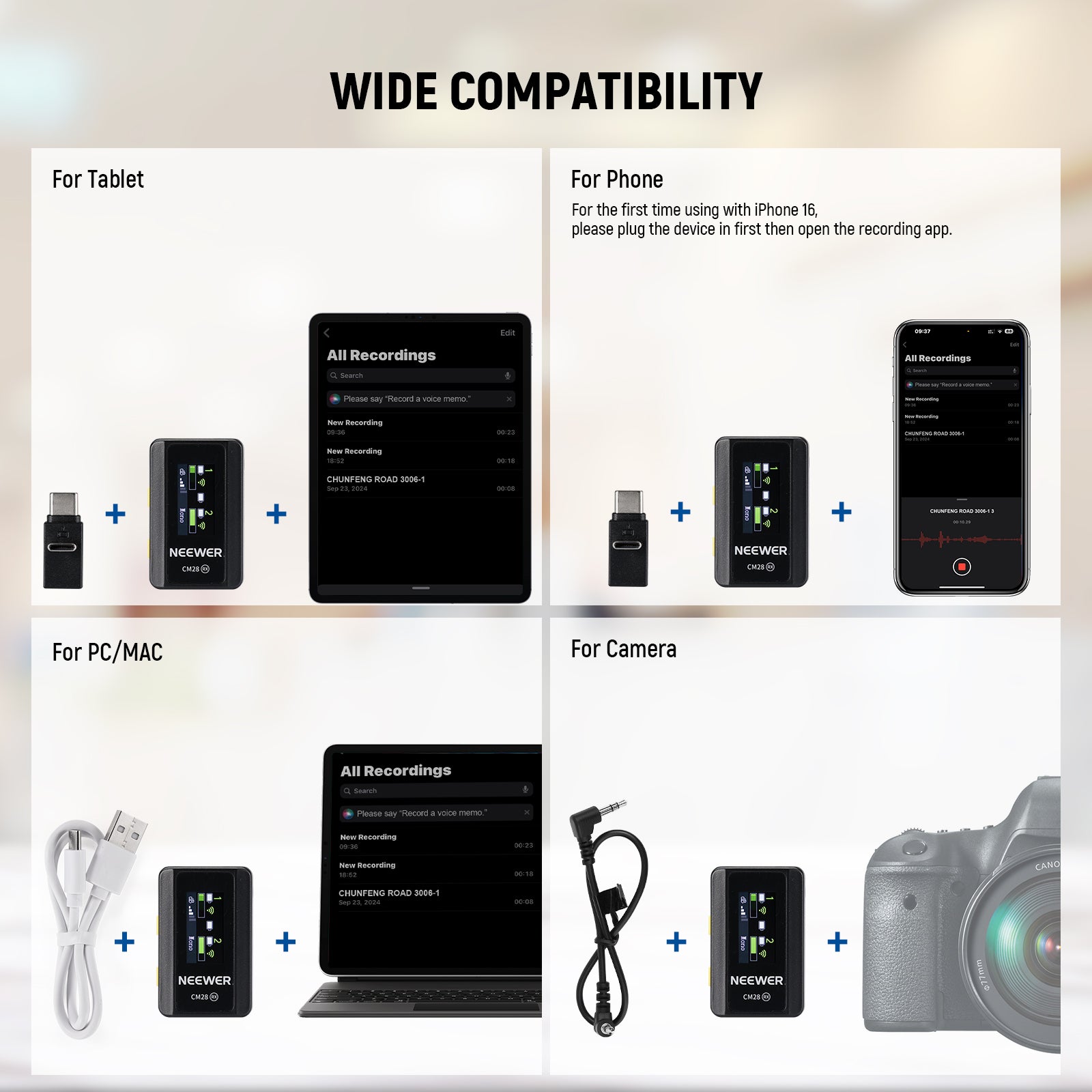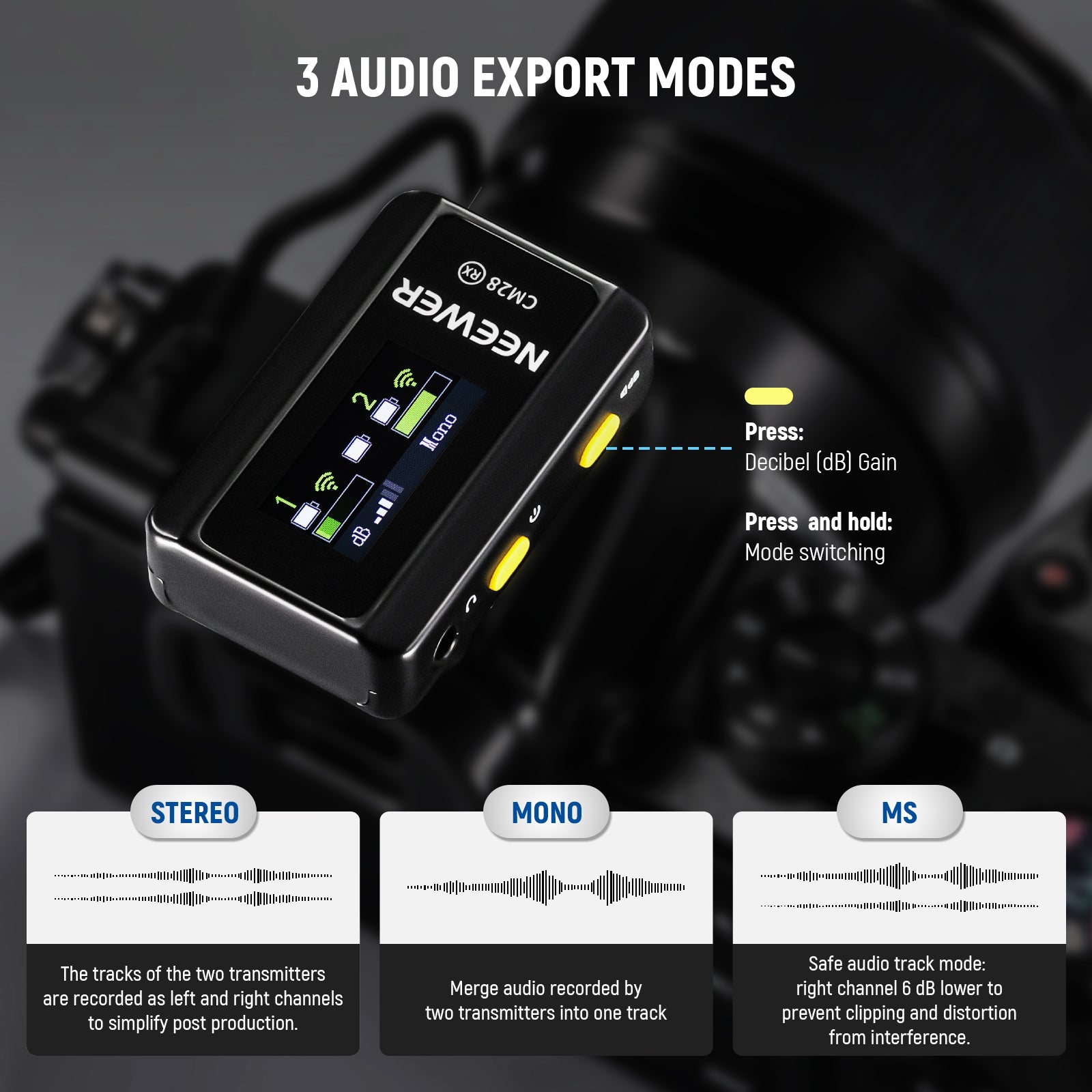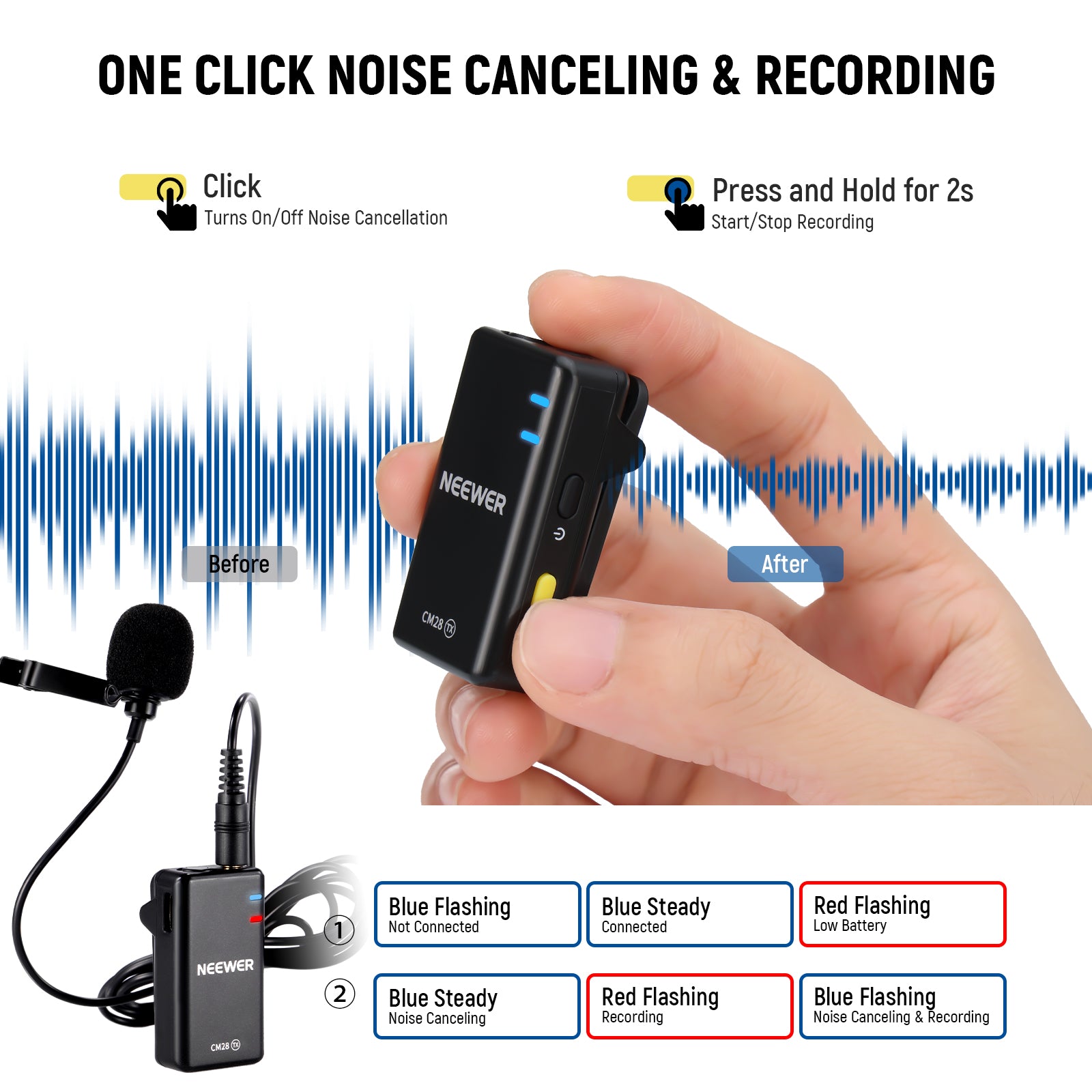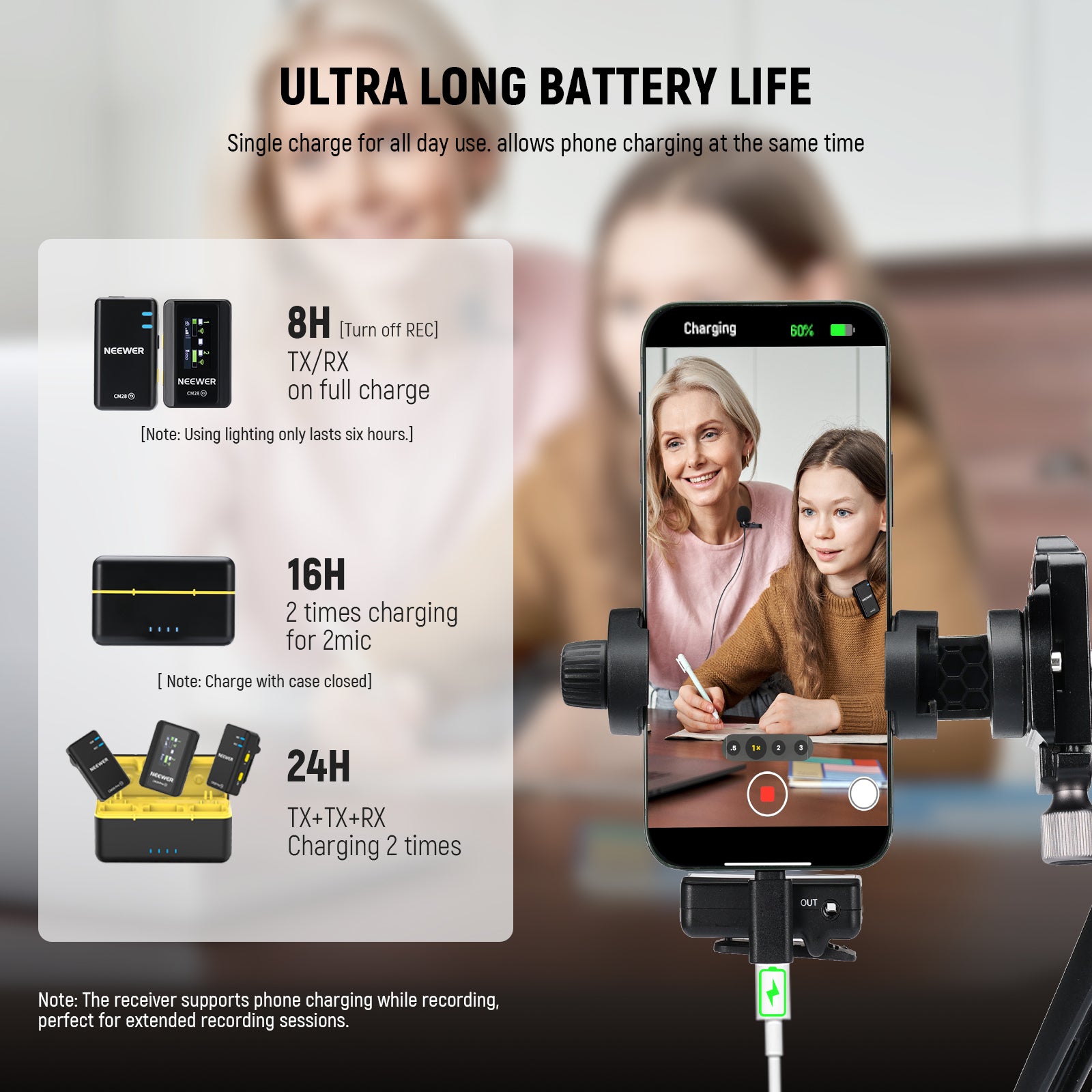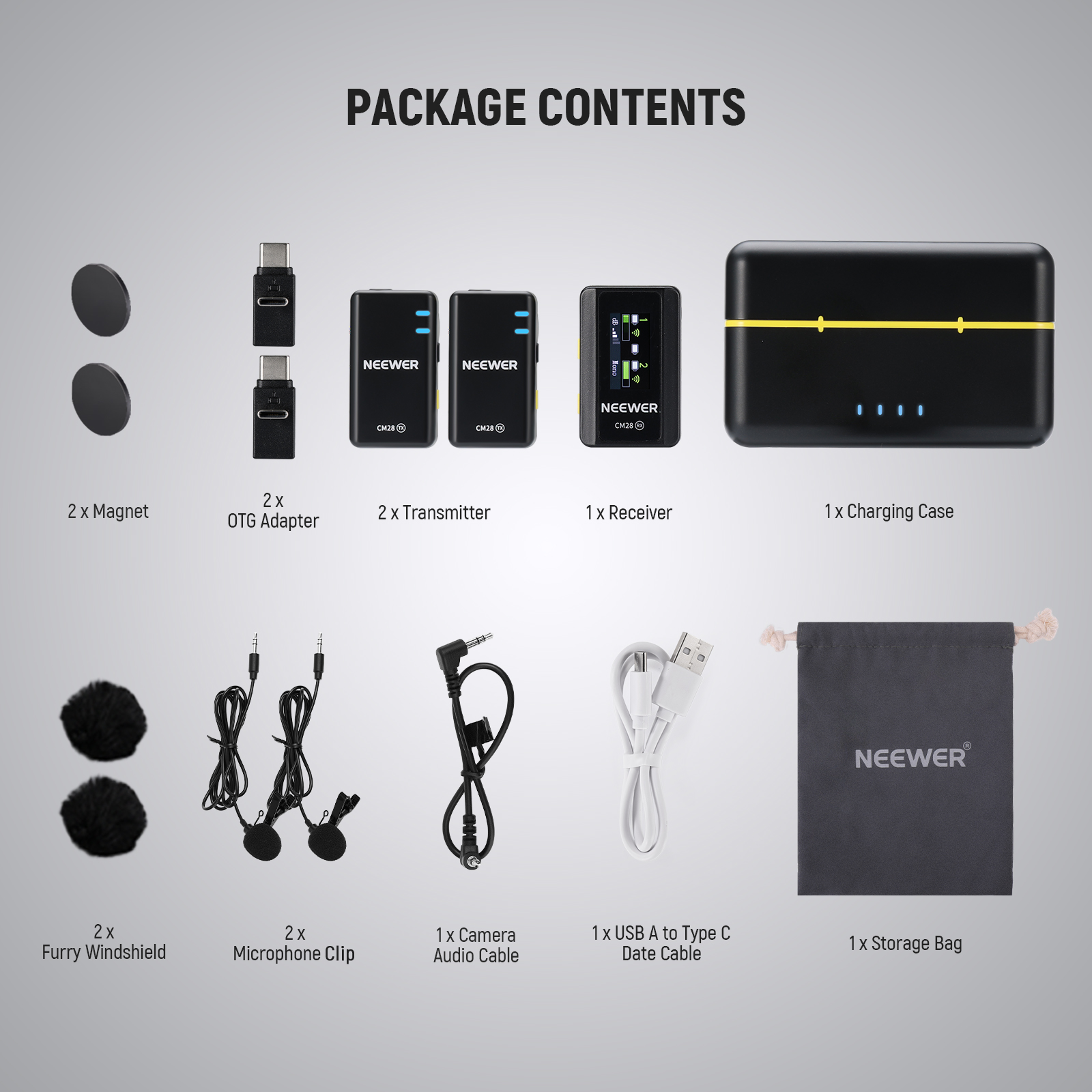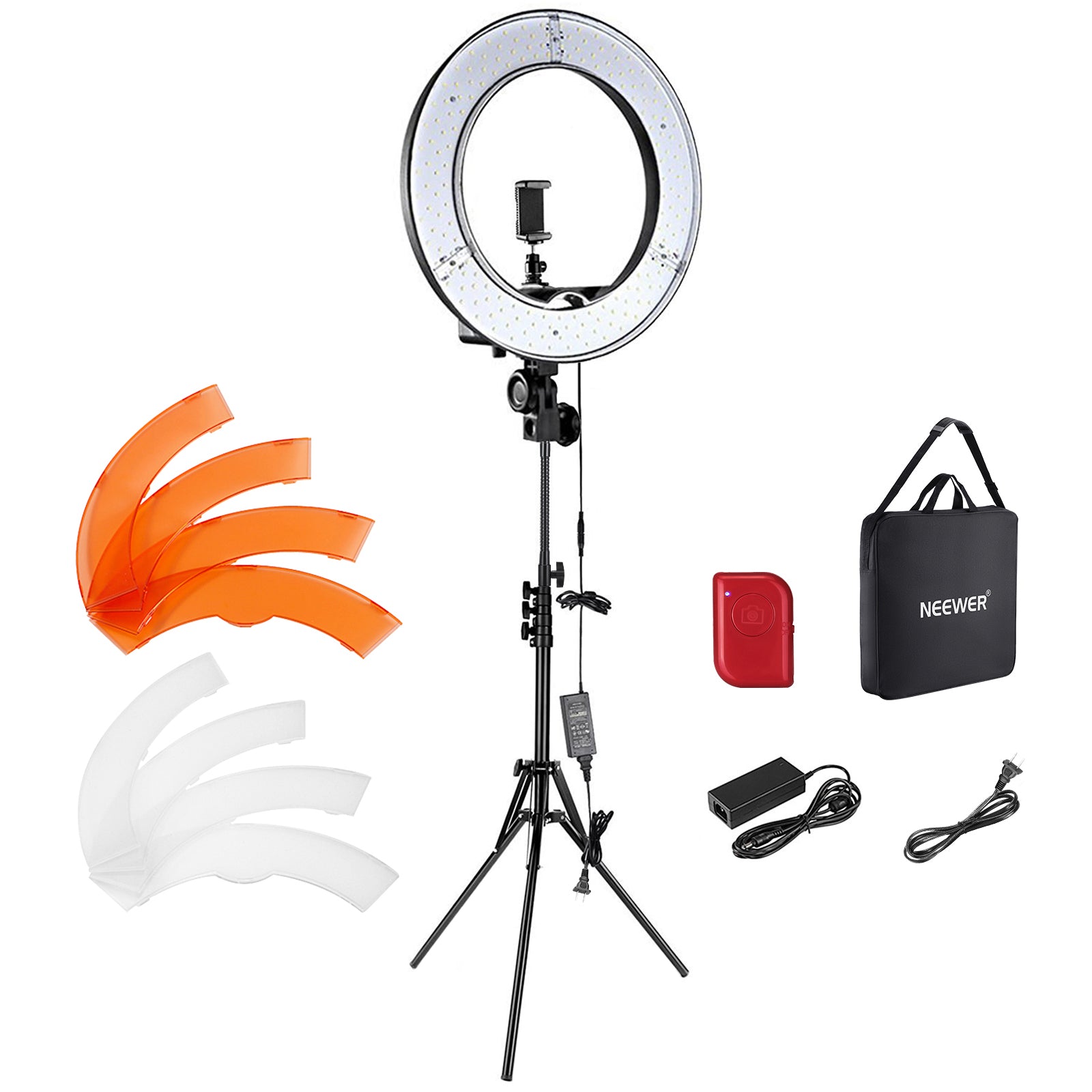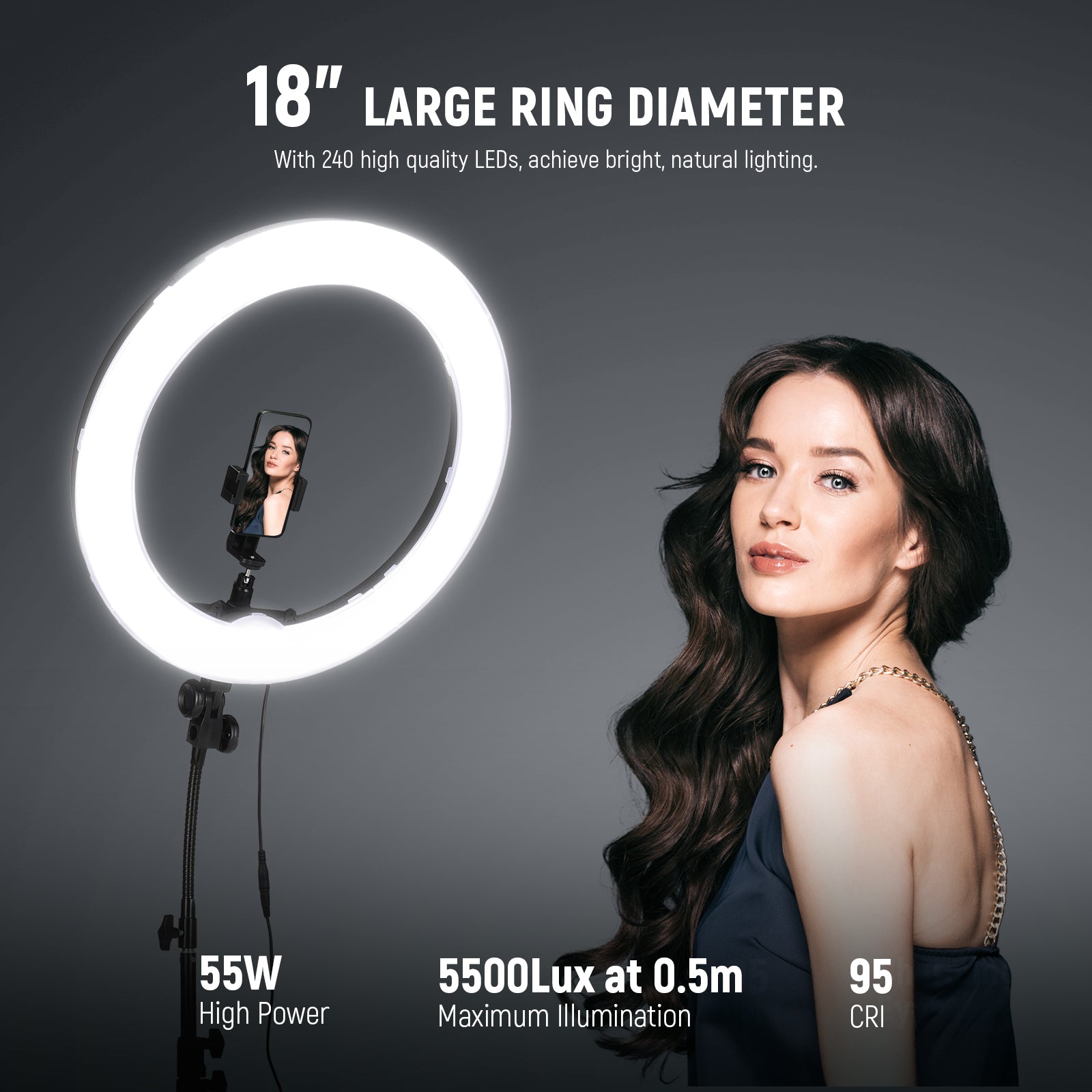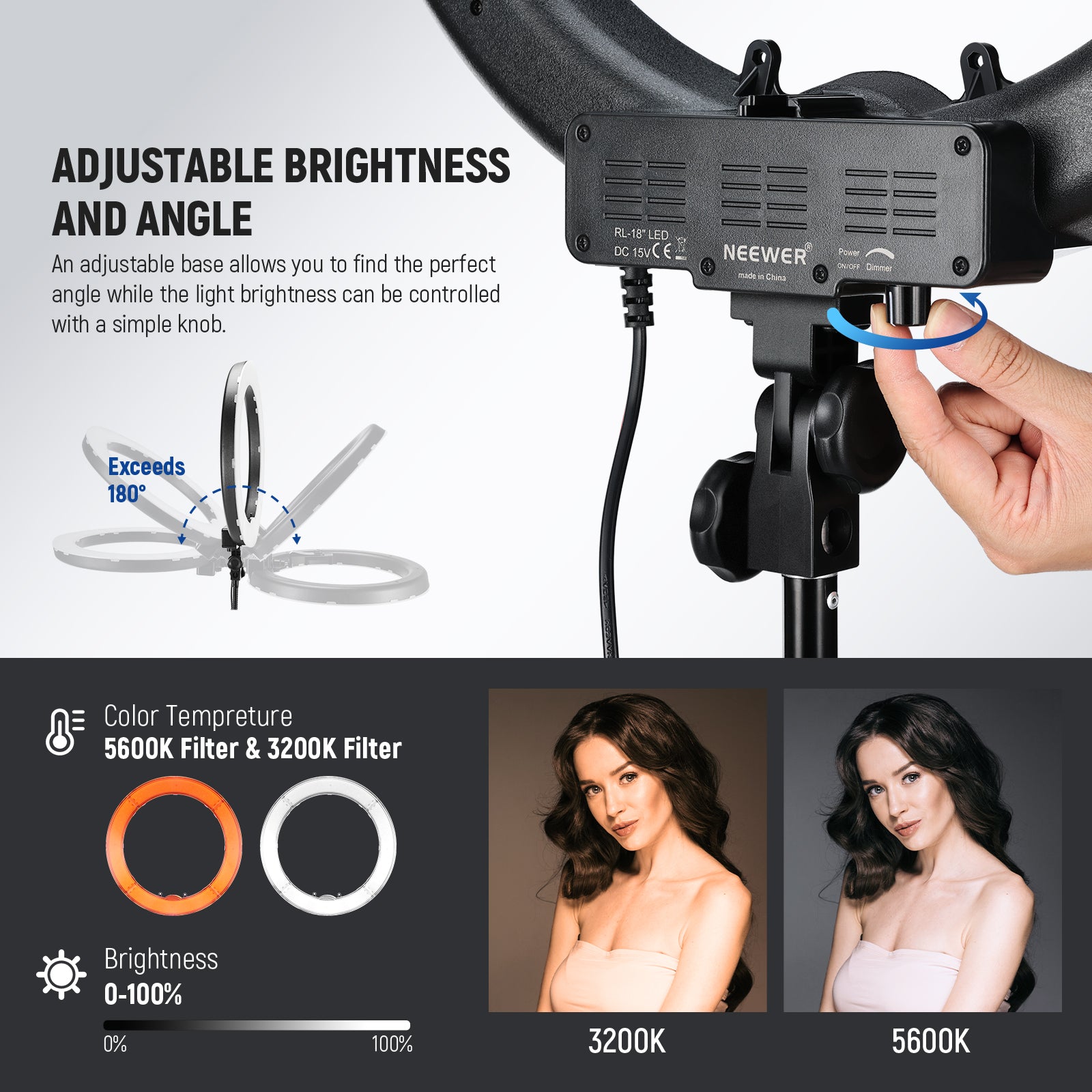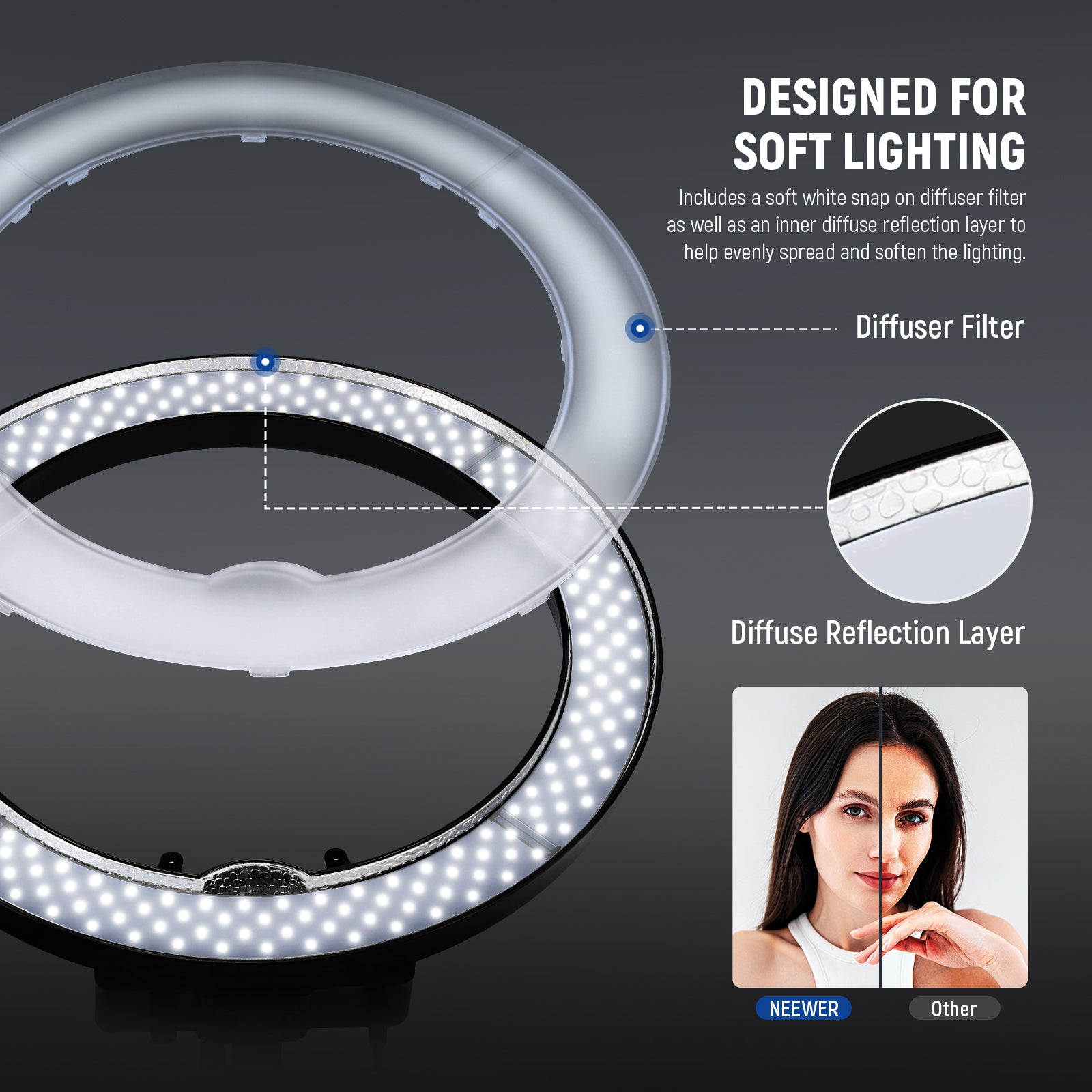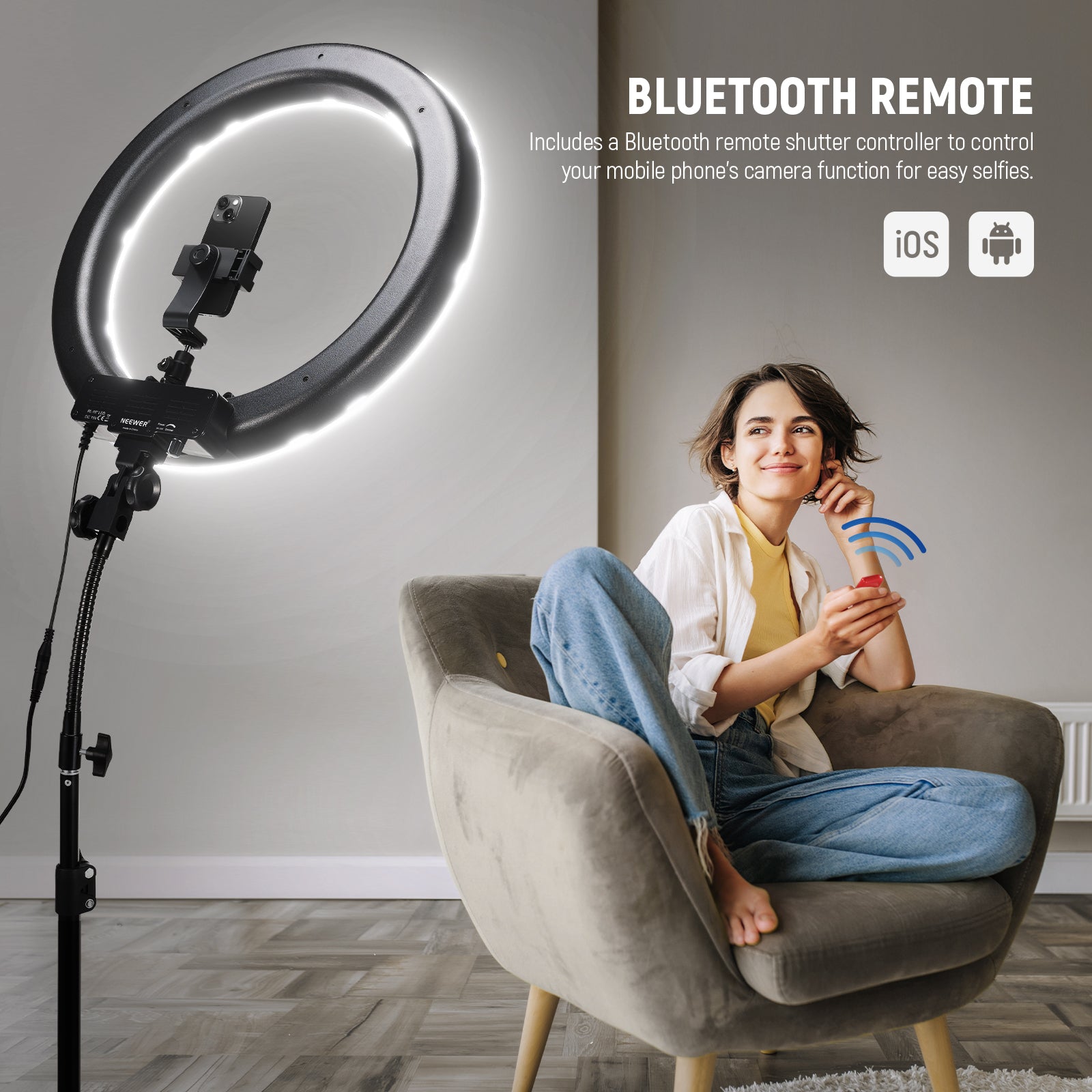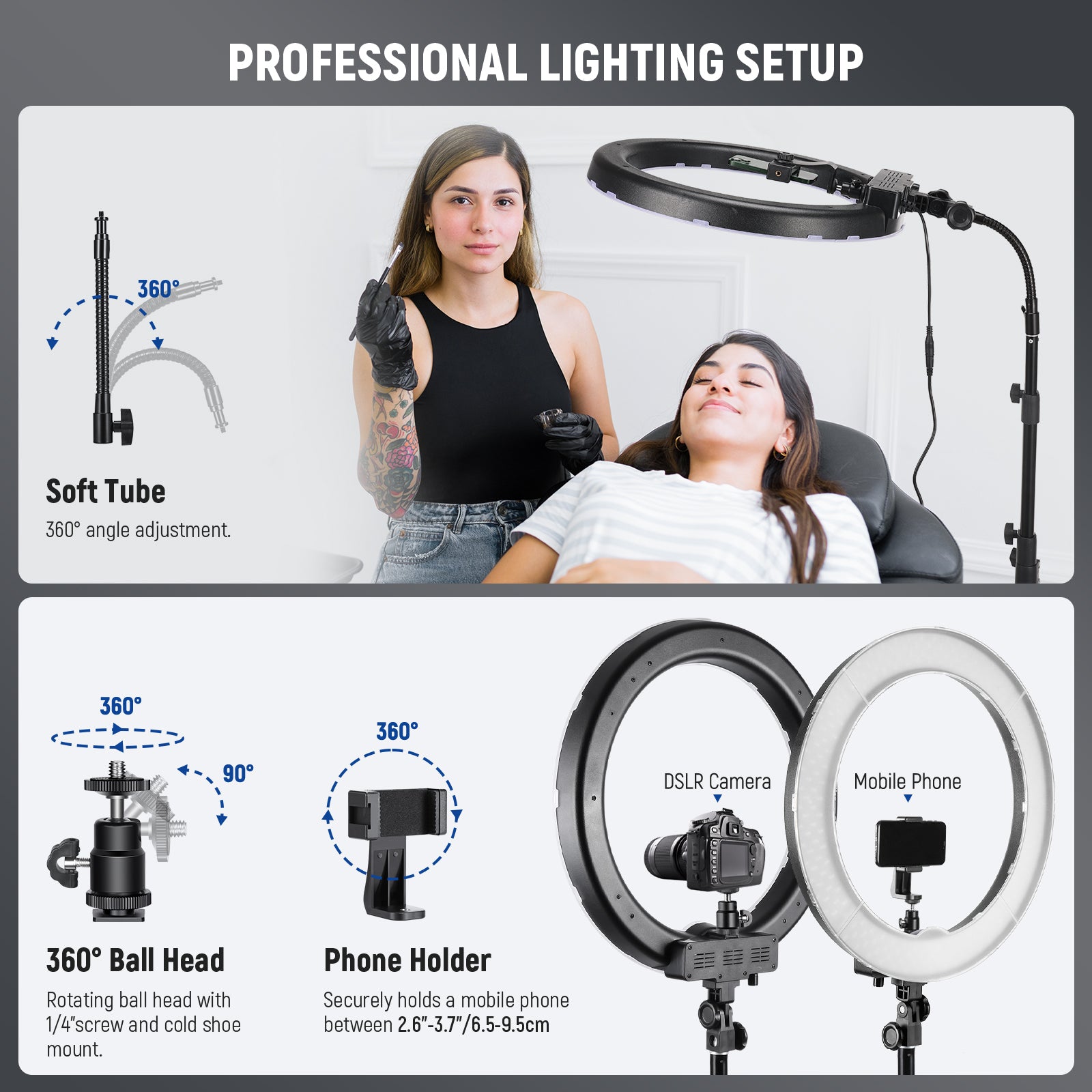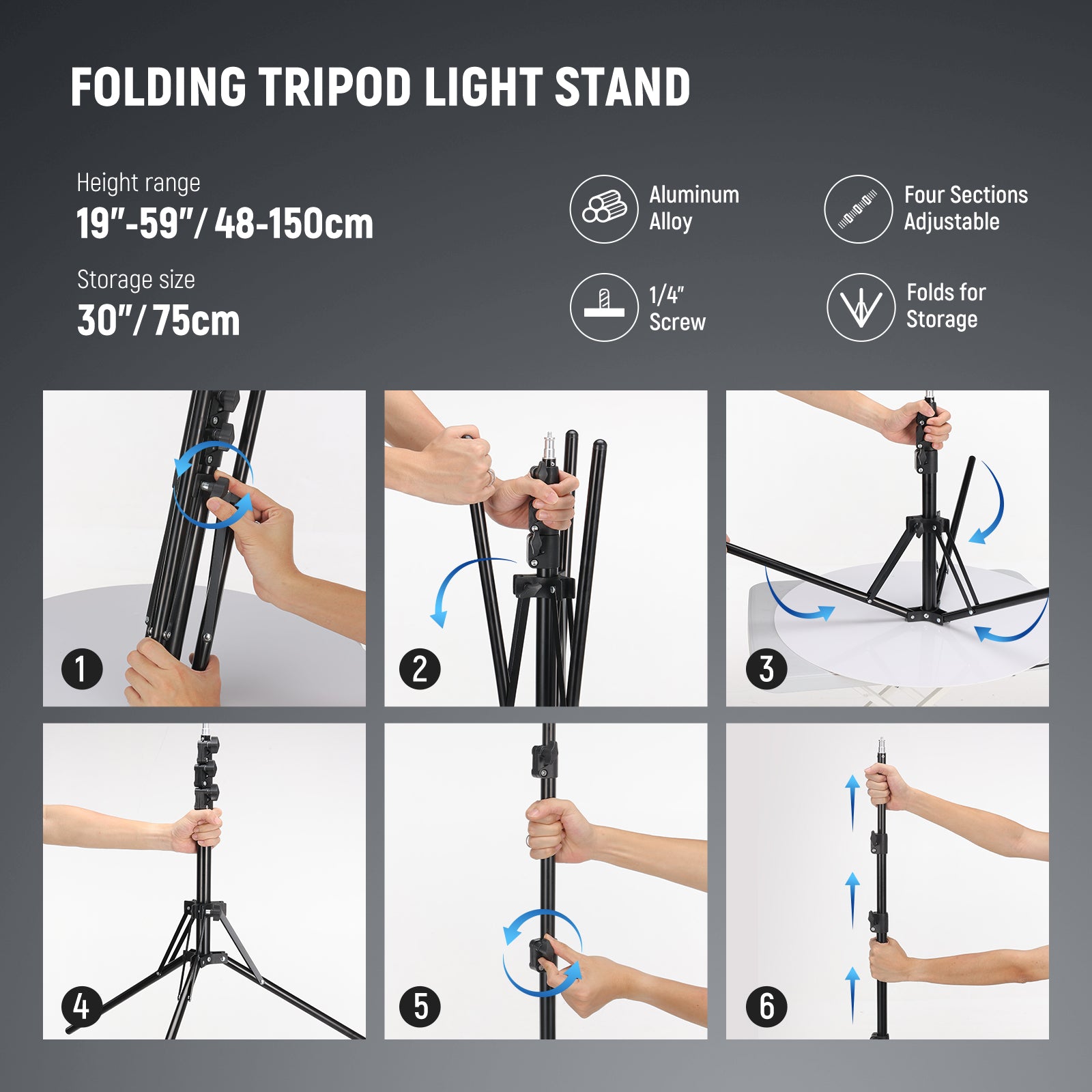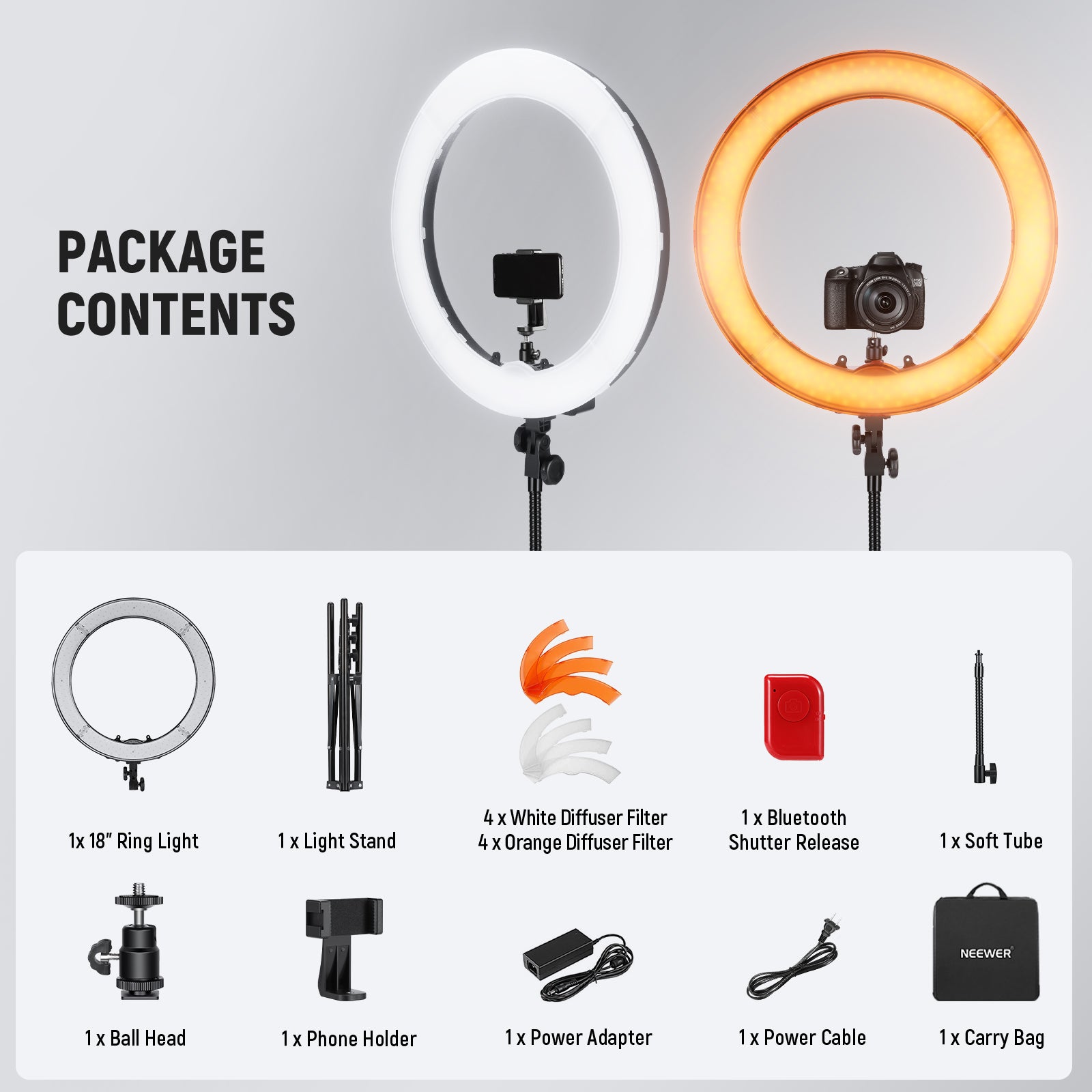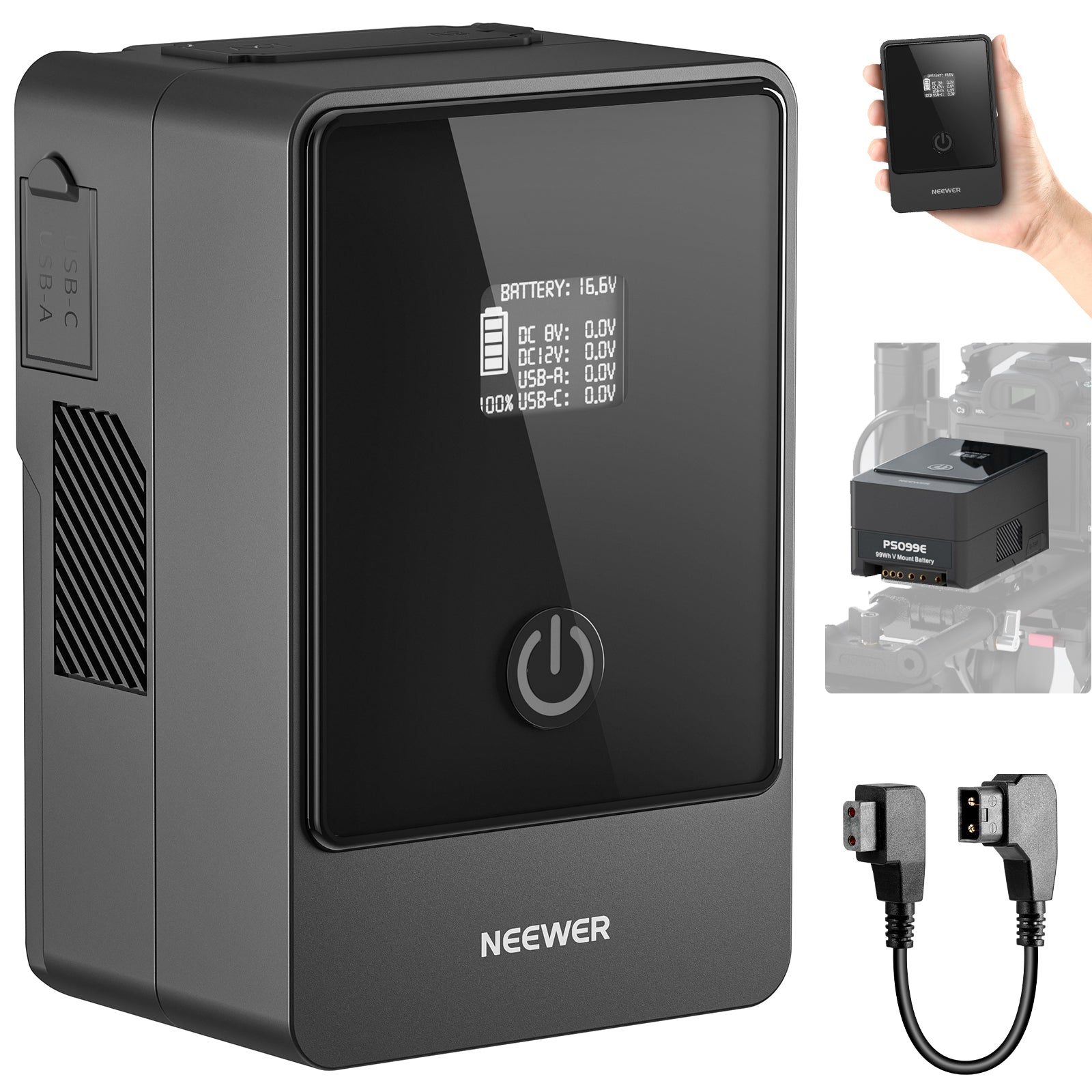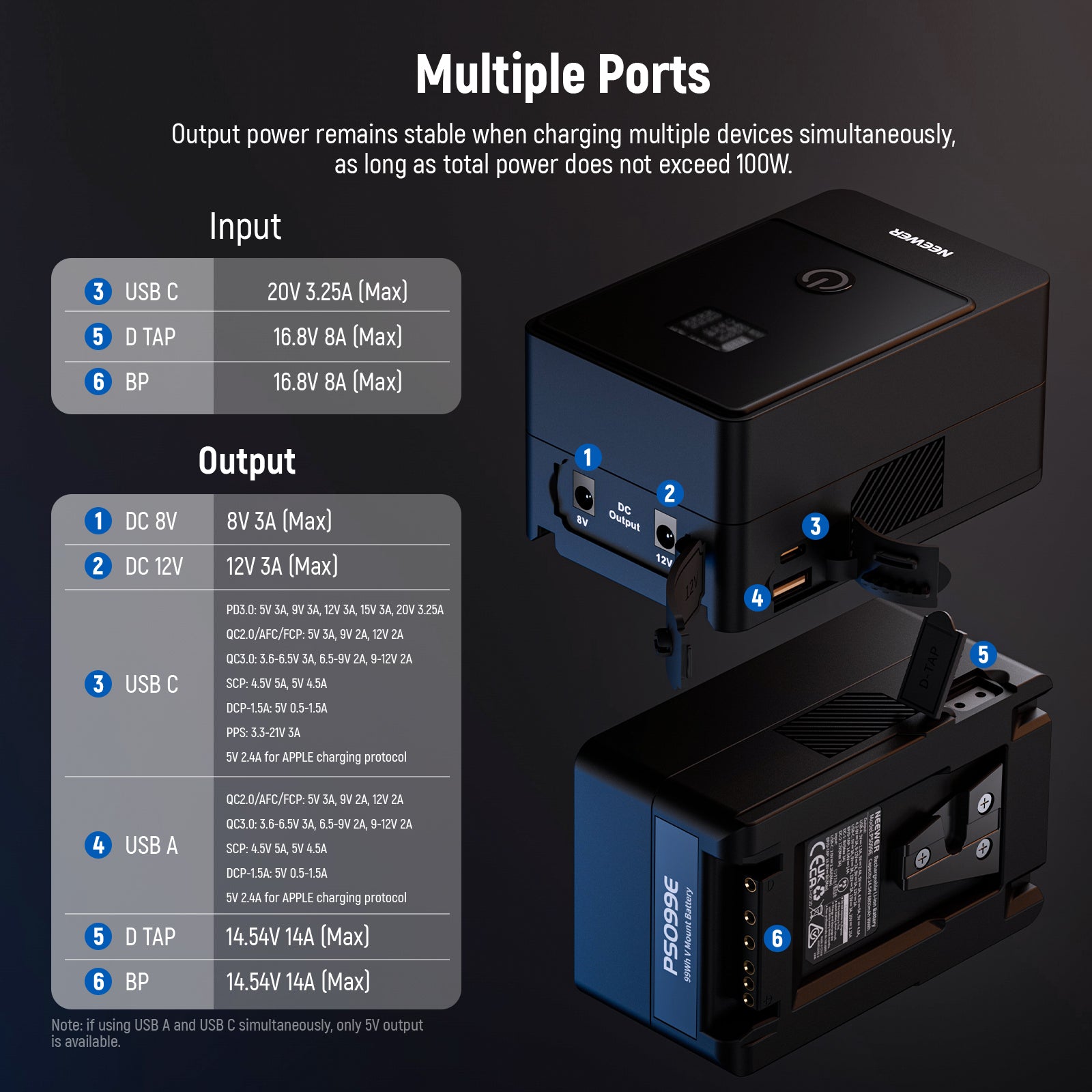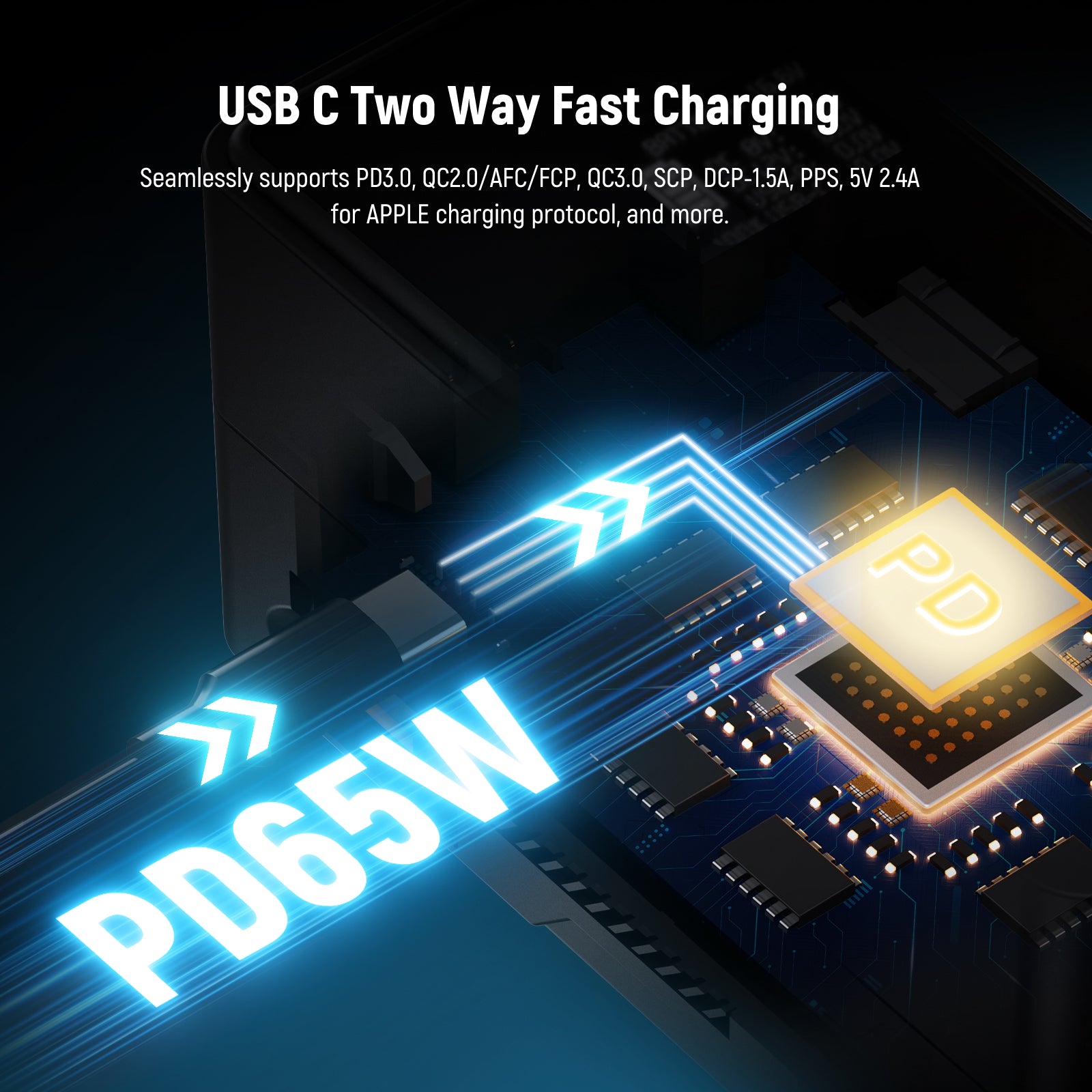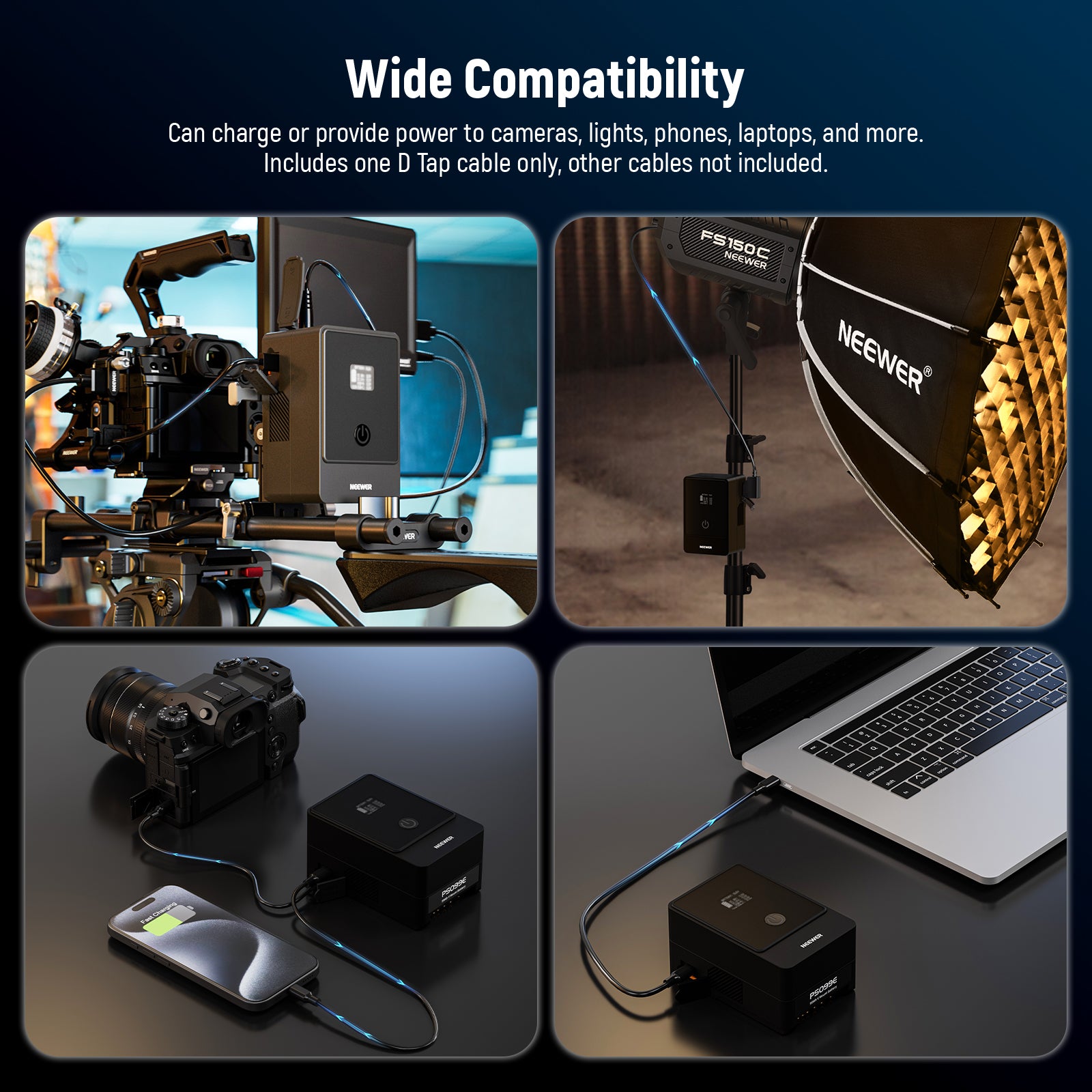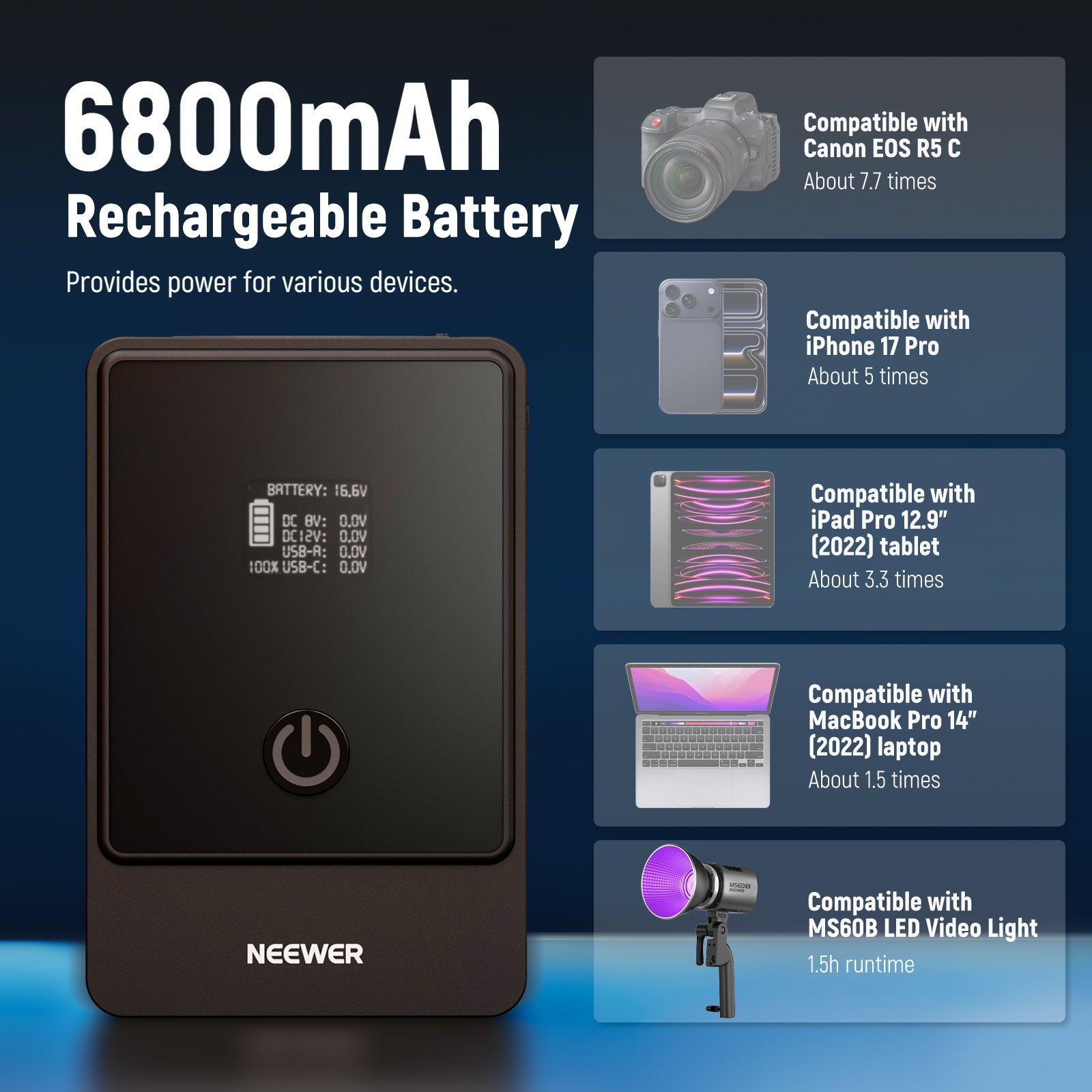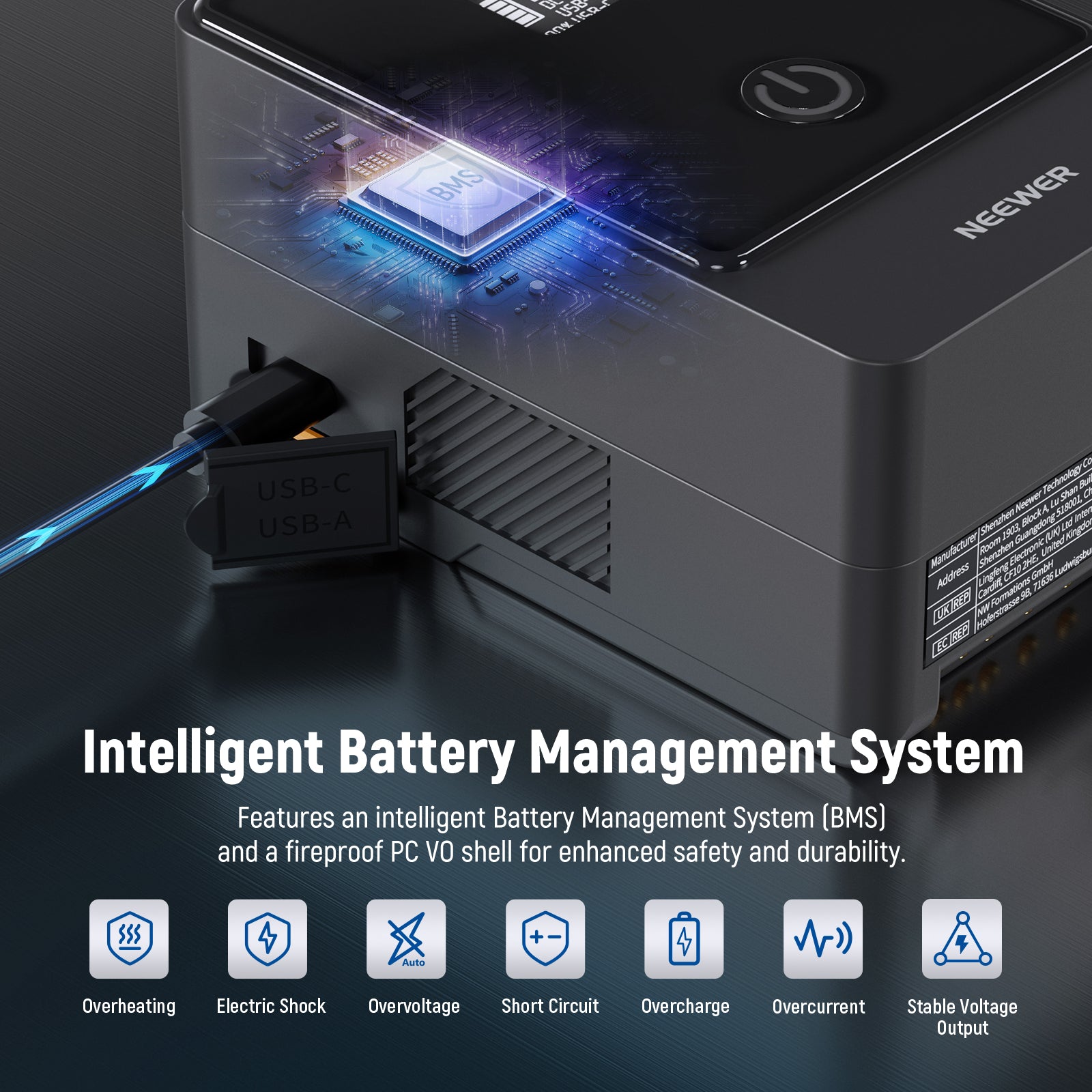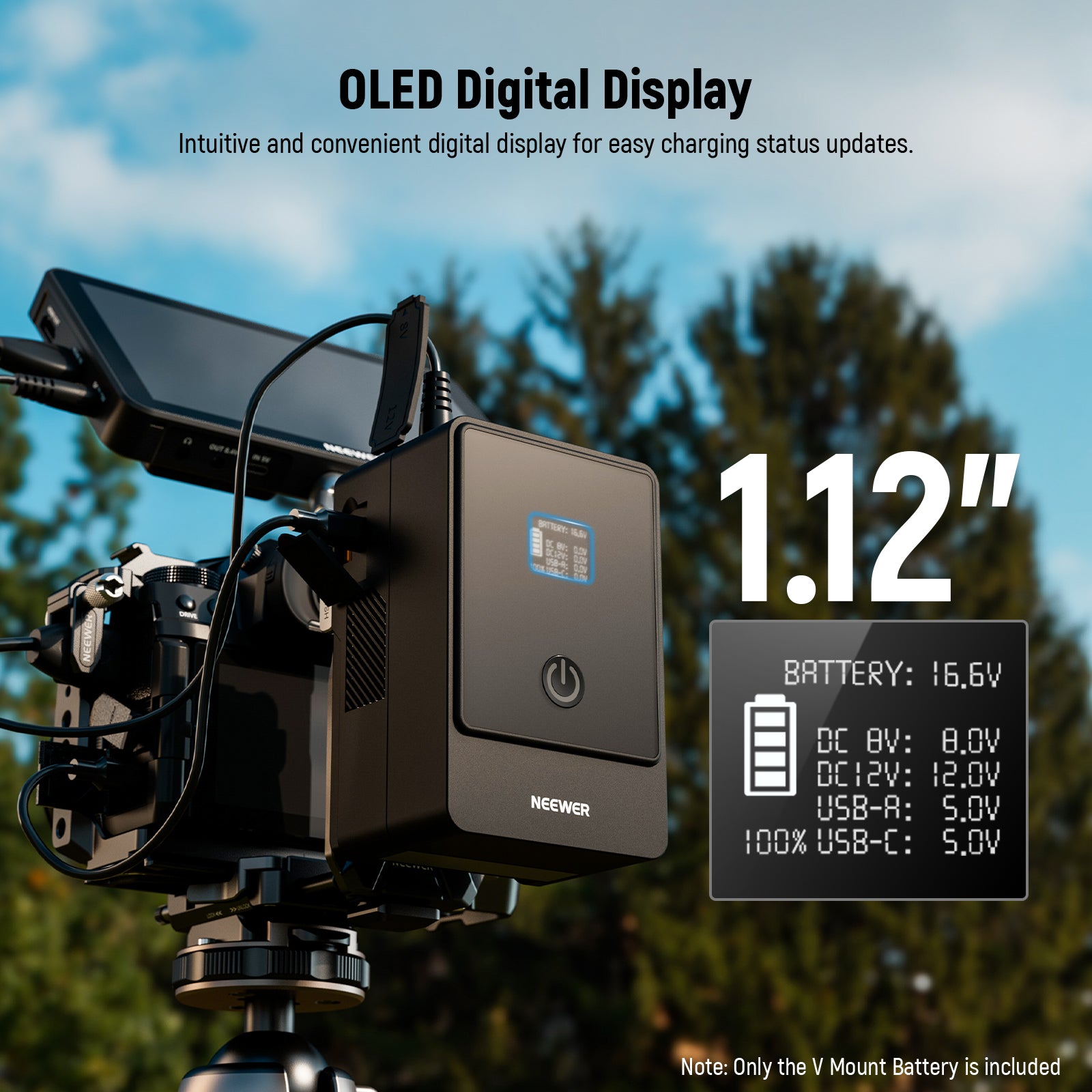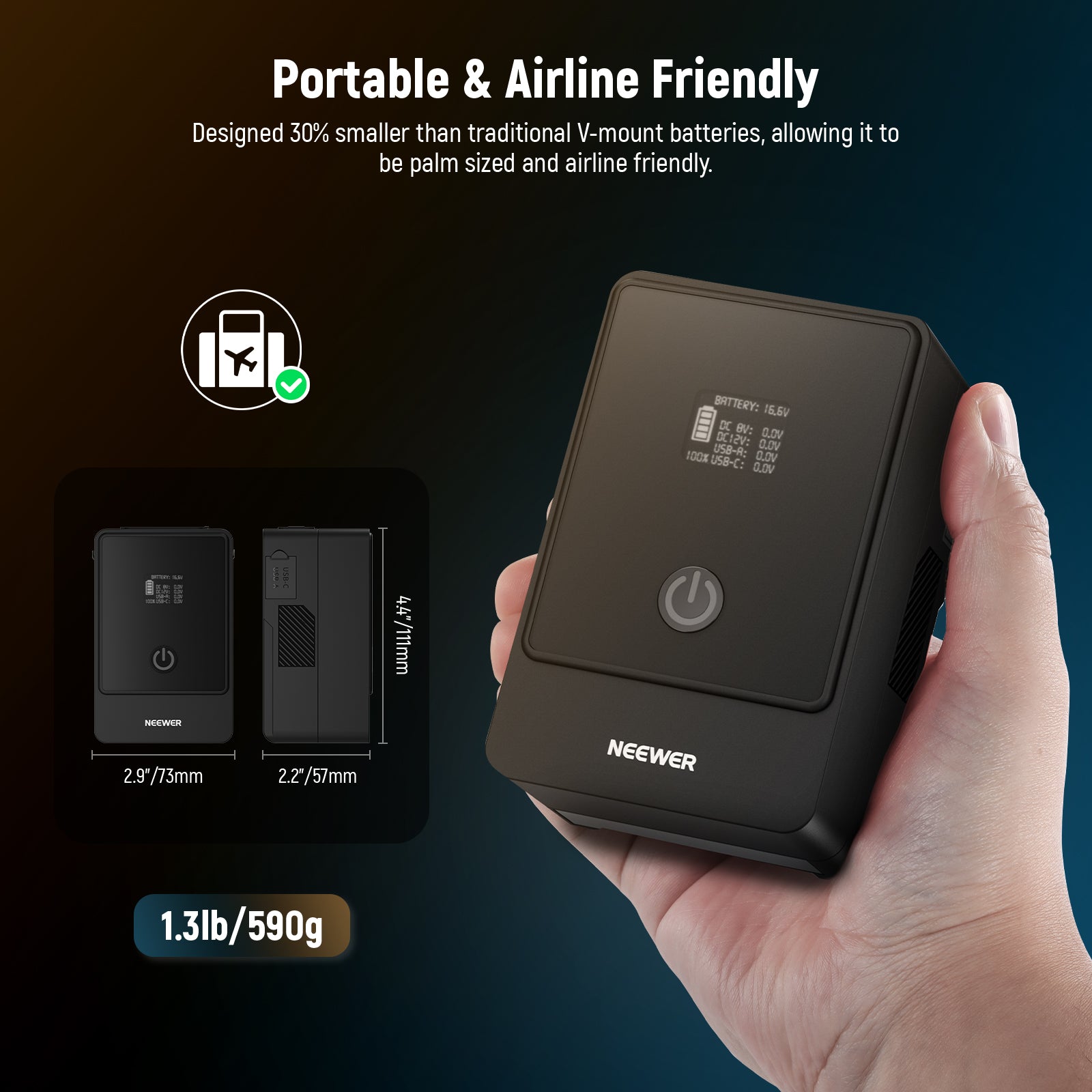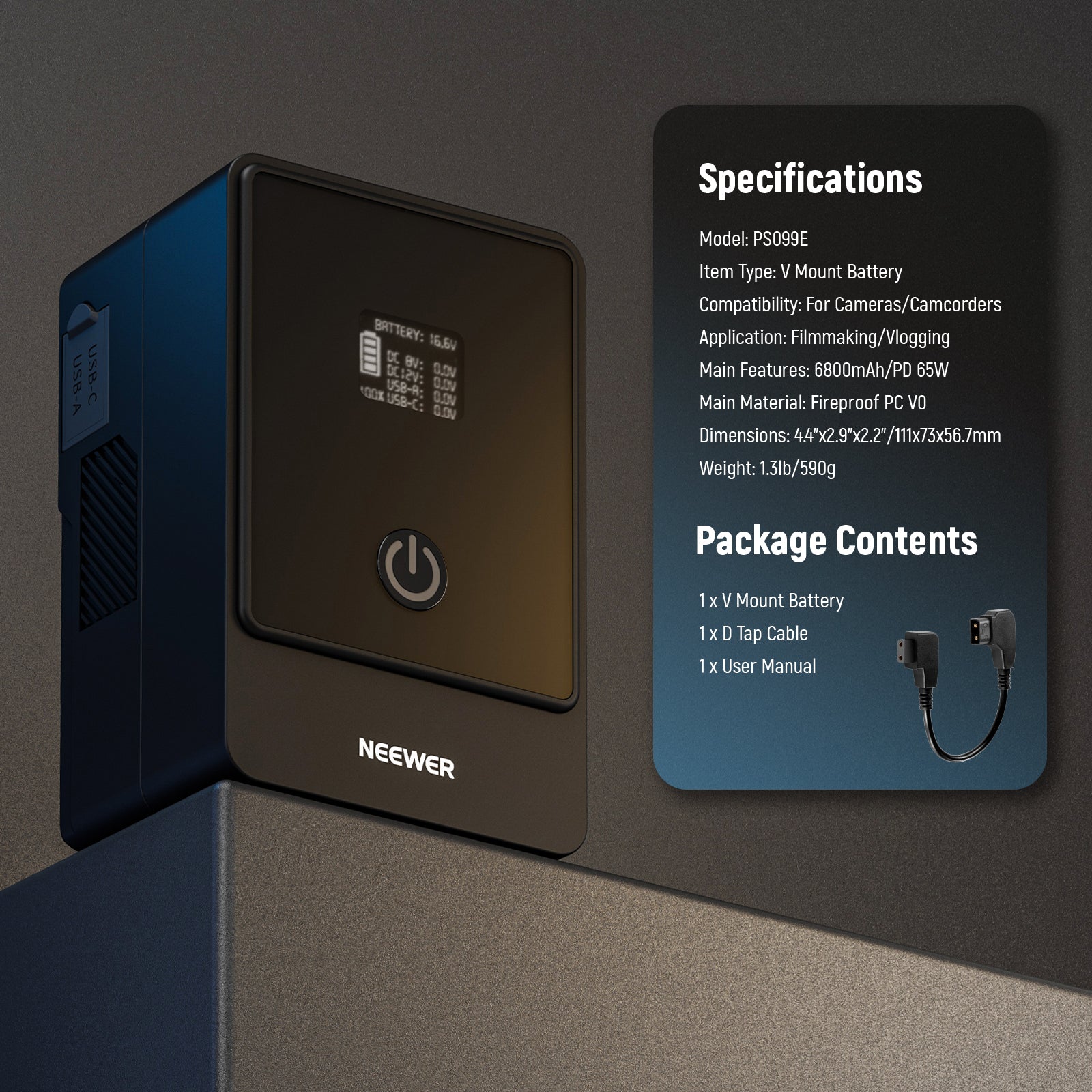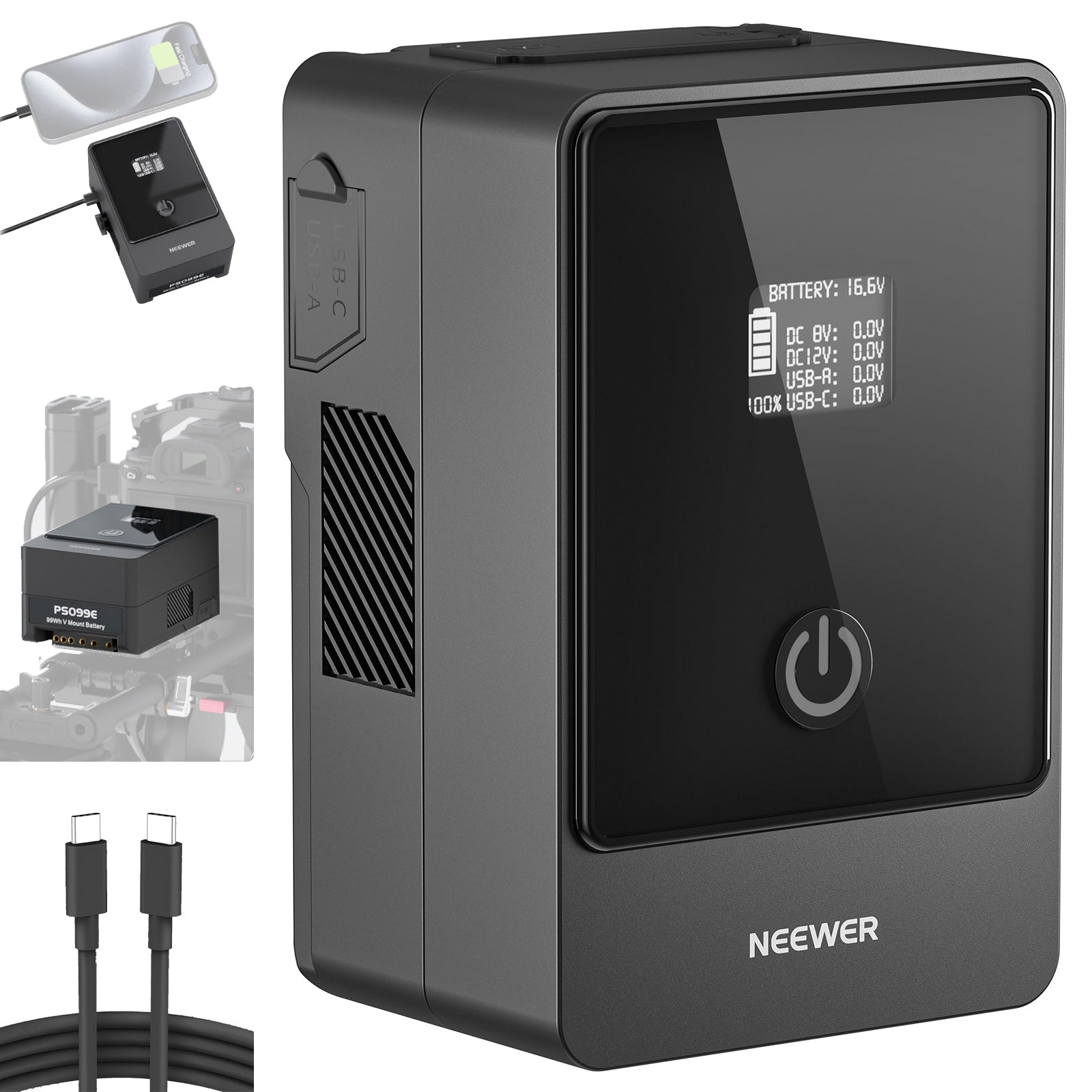Table of Contents
If you’ve ever wanted to add soft glow in bedrooms, sync lights with your favorite show, or spruce up your patio or eaves— but felt overwhelmed by the endless LED strip light options— this guide solves that confusion. We’ll break down what LED strip lights are, the different types, including smart LED strip lights and more, how they work, their uses, and answer your top questions to help you shop and install with confidence.
What Are LED Strip Lights?

LED strip lights are thin, flexible ribbons lined with tiny light-emitting diodes that produce bright, energy-efficient illumination. Unlike bulky ceiling lights or lamps, these strips bend around corners, stick to smooth surfaces via adhesive backing, and can be trimmed to fit specific spaces.
In 2025, the U.S. smart LED strip light market grew by 18% year-over-year, per the LED Industry Association Report. This growth stems from increasing consumer demand for customized lighting solutions that complement modern minimalist home aesthetics, as these fixtures offer effortless customization to meet diverse applications and needs.
Types of LED Strip Lights
|
Type |
Key Feature |
Best Use |
Brightness (Lumens per Meter) |
|
RGB LED Strip Lights |
Mixes red, green, blue to create 16M+ colors |
TV backdrops, shelf accents, party lighting |
300–600 |
|
RGBIC LED Strip Light |
Controls each segment (2–3 LEDs) individually for color chasing/gradients |
Wall art, gaming setups, dynamic room decor |
400–700 |
|
Tunable White LED Strip Light |
Adjusts temperature from 2700K (warm white) to 6500K (cool white) |
Kitchen counters, home offices, bedroom task lighting |
500–800 |
|
Smart LED Strip Lights |
Connects via WiFi/Bluetooth for app/voice control (Alexa/Google Home) |
Whole-home sync, scheduled lighting, music integration |
350–750 |
|
High-Density LED Strip Lights |
120–240 LEDs/m (vs. 60 LEDs/m standard) for gapless light |
Large walls, under-counter task lighting, display cases |
800–1200 |
|
Single-Color LED Strip Lights |
Fixed color (warm white, cool white, red, etc.) |
Closets, stairwells, basic ambient lighting |
250–500 |
1. RGB LED Strip Lights
RGB means Red, Green, Blue. These strips can mix those three base colors to create millions of shades. You can change the color using a remote or an app — perfect for gaming setups, living rooms, or accent lighting behind your TV. They’re fun, dynamic, and great for setting a mood.
2. RGBIC LED Strip Light
Unlike standard RGB LED strip lights that change color as a whole, RGBIC models let you control each segment individually. For example, you can have red, blue, and purple running along the same strip at once, or set a “color chase” effect where hues move from one end to the other. This makes them ideal for gaming setups or accent walls where you want dynamic visuals.
3. Tunable White LED Strip Light
Tunable white LED strip lights skip color options in favor of adjustable white tones. Warm white (2700K–3000K) mimics candlelight for cozy nights, while cool white (5000K–6500K) matches daylight for focused work in the kitchen or office. Many users prefer these for spaces where color might be distracting—like a home office or a baby’s nursery.
4. Smart LED Strip Lights

Smart LED strip lights take convenience to the next level. They connect to your phone via WiFi or Bluetooth, letting you adjust settings from an app. You can set schedules (e.g., turn on at 7 PM automatically), sync with music (lights pulse to beat), or control them with voice commands (“Alexa, set the living room strip to blue”).
5. High-Density LED Strip Lights
High-density LED strip lights pack more LEDs into each meter—usually 120 or 240, compared to 60 in standard strips. This eliminates gaps between lights, creating a smooth, even glow. They’re perfect for large surfaces like bedroom walls or display cases, where dark spots would ruin the effect. Just note: they use slightly more power (18–24 watts/m vs. 12–18 watts/m for standard strips).
6. Single-Color LED Strip Lights
These are the simplest kind — they emit one steady color, usually warm white, cool white, or daylight white. Great for places where you want consistent illumination, like kitchen counters, closets, or bookshelves. Warm white gives a cozy, homey vibe; cool white feels crisp and modern.
How Do LED Strip Lights Work?
At their core, LED strip lights rely on small, energy-efficient LEDs that light up when an electric current passes through them. Here’s a breakdown of their key components and how they function:
- LED Diodes: Each tiny LED (about the size of a pinhead) emits light when current hits it. RGB strips have three diodes (red, green, blue) per unit, while single-color strips have one.
- Power Adapter: Most LED strip lights need an adapter to convert your home’s 120V AC outlet power to low 12V/24V DC power. This adapter prevents overheating and ensures safe use—never skip it, as direct 120V power will burn out the LEDs.
- Controller: Basic strips use a simple remote-controlled controller to adjust brightness or color. Smart LED strip lights have a built-in WiFi/Bluetooth controller that connects to your phone. This controller sends signals to the LEDs, telling them which color to emit or how bright to be.
- Adhesive Backing: Almost all strips have 3M adhesive on the back, which sticks to clean, smooth surfaces (wood, plastic, metal). For outdoor use, look for a weather-resistant adhesive that won’t peel in rain or heat.
Tunable white strips work a bit differently: they mix warm white and cool white LEDs in varying ratios. For example, 80% warm white and 20% cool white creates a soft golden glow, while 20% warm and 80% cool makes a bright, daylight-like light. High-density strips just pack more LEDs into the same length—no fancy tech, just more diodes for smoother light.
What Are LED Strip Lights Used For?

1. Set the Perfect Mood
Colors affect mood, and LED strip lights let you match yours. Want to unwind after work? Switch to soft blue or warm orange—studies in the 2025 Journal of Lighting Research show these hues lower stress hormones. Hosting a party? Crank up bright red or purple, or use RGBIC strips for color-changing effects that sync with music. Smart LED strip lights even let you save “presets,” so you can tap one button for “Relax” or “Party” instead of adjusting settings every time.
2. Level Up Your Gaming Setup
Gamers love LED strip lights for “bias lighting”—reducing eye fatigue during long sessions by balancing screen brightness with room light. But 2025’s top smart LED strip lights go further: some sync with your game’s visuals. For example, if you’re playing a racing game and drive through a green forest, the strips turn green; if you’re in a blue ocean level, they shift to blue. This immersive effect has made gaming-specific strips one of the fastest-growing categories, per TechGear Review 2025.
3. Transform Your Home Ambience
Small changes with LED strip lights can totally shift a room’s feel. For example, a warm white LED strip under bedroom shelves adds soft ambiance for reading, while an RGB strip behind a living room TV makes movie nights feel like a theater. Many homeowners also line staircases with low-brightness strips for safety—no more fumbling for a light switch at night.
4. Bring Light Outdoors
Waterproof LED strip lights let you extend ambiance outside. Use them to line patio railings, wrap around outdoor pillars, or light up pool decks—just pick a strip with an IP rating of at least IP65 (resistant to rain and splashes). For areas near fountains or pools, go for IP67 (resistant to temporary submersion in 1 meter of water for 30 minutes). Most outdoor strips also have UV resistance, so they won’t fade in direct sunlight.
FAQs About LED Strip Lights

1. Do LED Strip Lights Use a Lot of Electricity?
LED strip lights are one of the cheapest lighting options to run. A standard 16.4-foot RGB LED strip light uses 24 watts per hour, while a similar-length incandescent string uses 150 watts. Smart LED strip lights use a tiny bit more (26–28 watts) for their WiFi module, but they’re still far cheaper than traditional lights.
2. Can You Cut LED Strip Lights and Still Make Them Work?
Yes—most LED strip lights have designated cut marks (usually every 1–2 inches) that let you trim them to fit. The key is to cut only at these marked points; cutting elsewhere will break the circuit and render part of the strip useless. After cutting, you can add a connector (sold separately) if you want to extend the strip later, or just use the cut piece as a smaller light. RGBIC strips are trickier to cut than standard RGB—their segment control relies on specific LED groupings, so follow the marks closely.
3. Can LED Strip Lights Be Used Outdoors?
It depends on the strip’s IP (Ingress Protection) rating. IP ratings have two numbers: the first measures dust resistance, the second water resistance. For most outdoor uses (patios, decks), go for IP65 (dust-tight, resistant to low-pressure water jets like rain). For areas near pools or fountains, choose IP67 (dust-tight, resistant to temporary submersion in 1 meter of water). Never use non-waterproof strips (IP44 or lower) outdoors—they’ll short out in rain.

